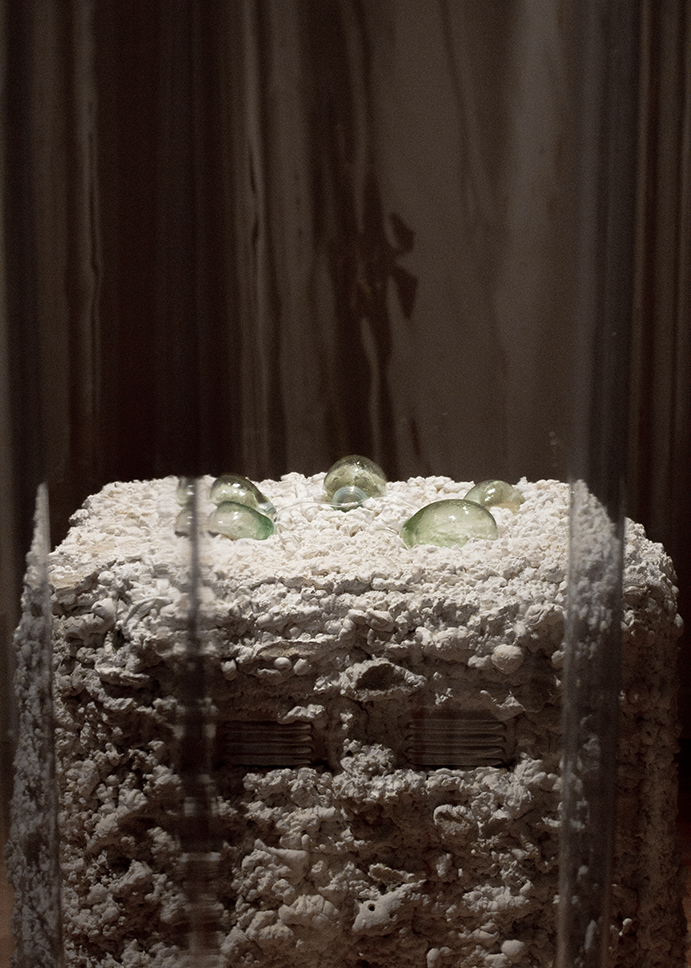
Pnuema
blown glass, agar, plastic tubing, microcontroller, air pump, air valve, polyurethane foam, paint, wood, mesh, metal vents
3’ W x 3’ H x 3’ L
2025
Pnuema is a historically rich term, rooted in ancient Greek Stoic philosophy, meaning ‘breath’, ‘spirit’, or ‘wind.’ There are distinct parallels in the operation of the structural elements of both aerobic organisms and pneumatic systems, such as the epiglottis in the human respiratory system and mechanical valves in pneumatic systems.
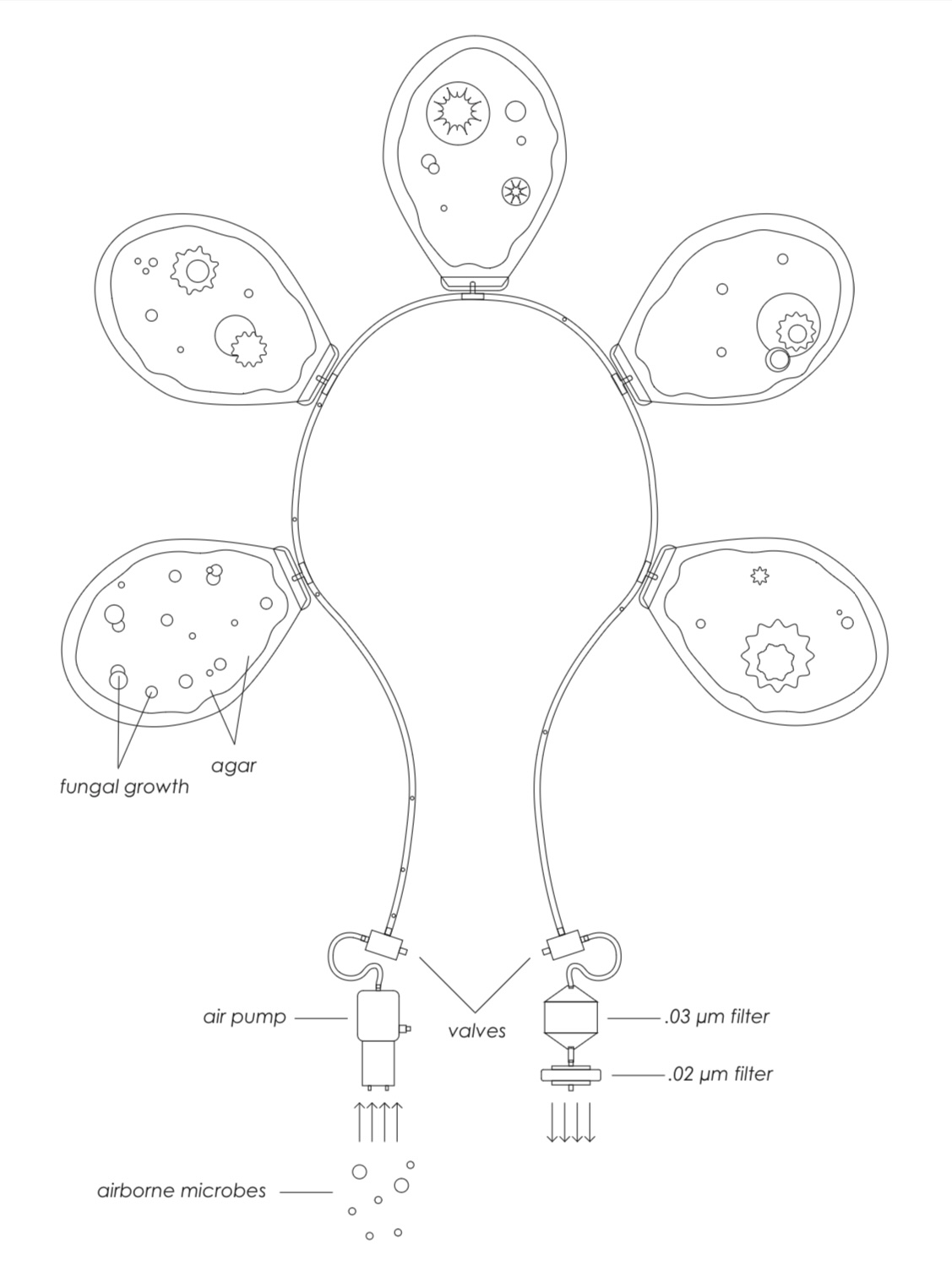
Pnuema Schematic
digital illustration
2025
Pneuma features five closed ‘nests’, blown out of glass. A half cup of liquid agar was poured into each vessel. Quarter-inch tubing connects the nest, where air is periodically ingested through a metal vent, pushed through one nest and to the right by an air pump into another neighboring nest community, and back out through another vent into the gallery. Using Python, a software used to code microcontrollers, I was able to create a rhythmic sound similar to that of an oxygen pump. The ‘soiled’ air is released through a series of air filters, equipped with .3 and .2 micron filtration, similar to that used in a laboratory setting.
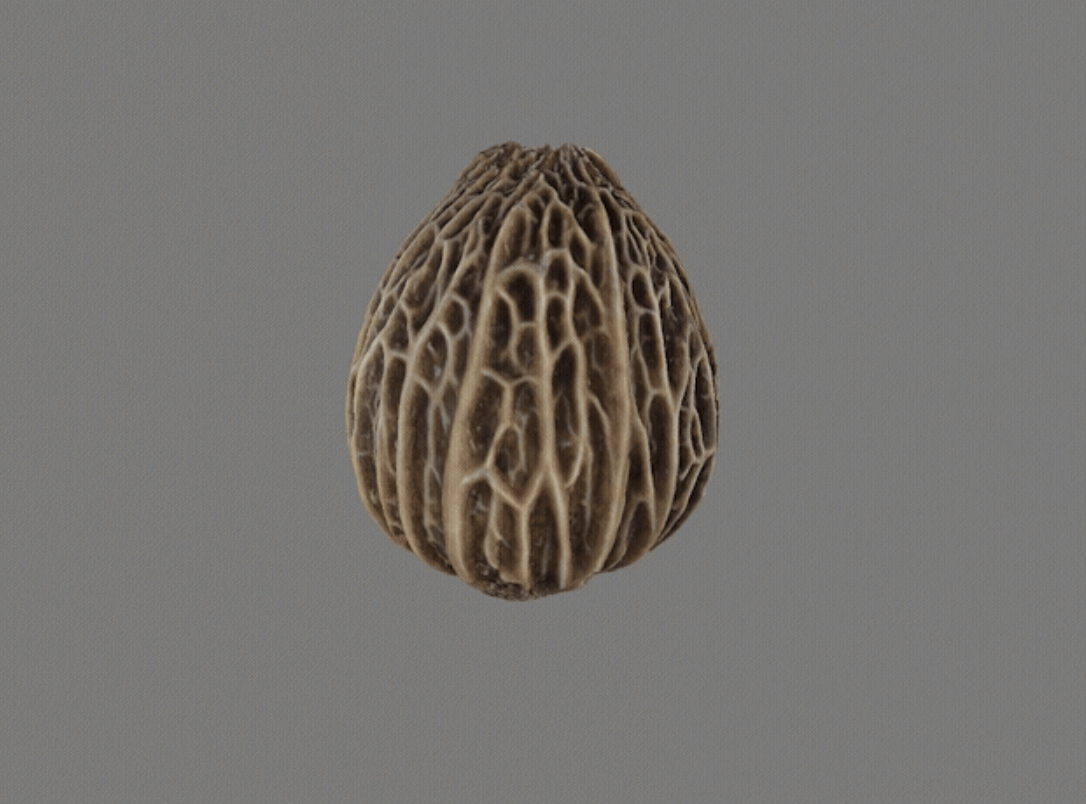
Digital Specimens, Chocó Rainforest, Ecuador
2024-2025
Click here to view all of the models.
Digital Specimens is a collaborative interdisciplinary project using macro photogrammetry, which is the act of compositing multiple images of each angle of a specimen to create a 3D model. These digitized specimens can then be used as shareable and open-source scientific data and become a visual advocation tool for conservation efforts.
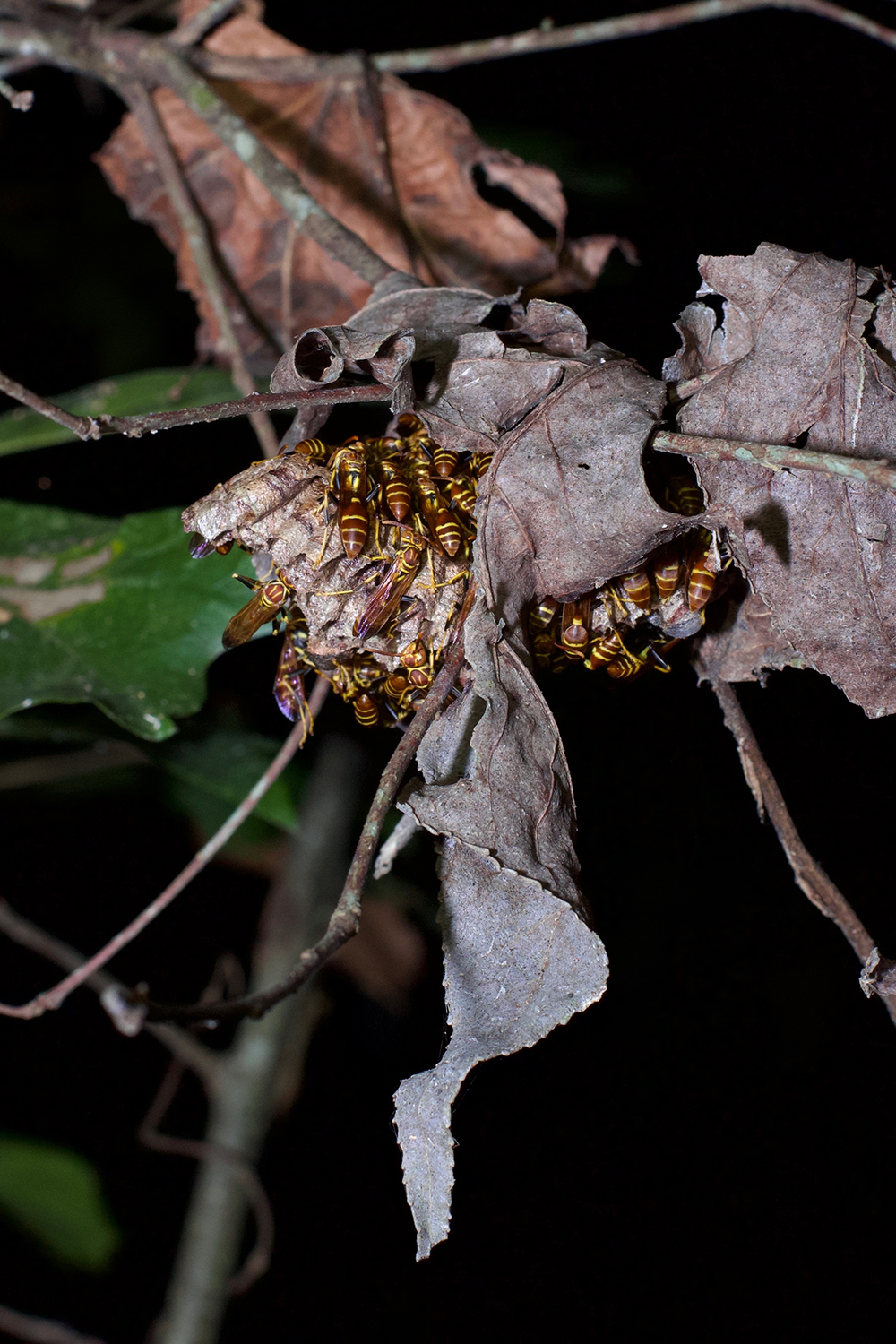
Paper Wasps, A STUDIO IN THE WOODS
Digital Photography
2025
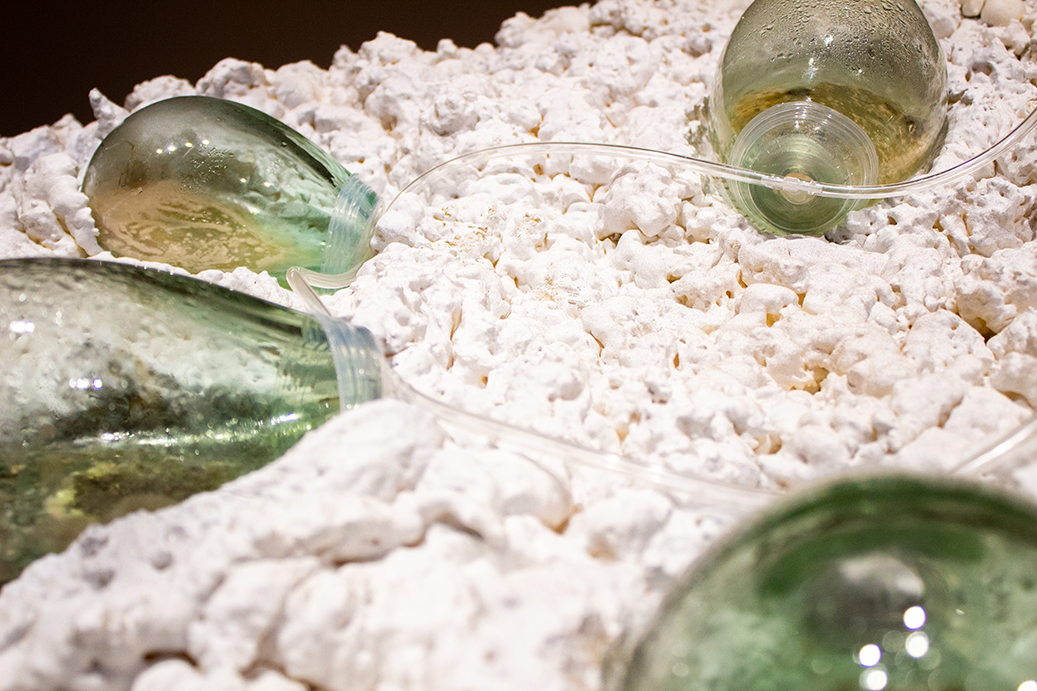
Pnuema (detail shot)
blown glass, agar, plastic tubing, microcontroller, air pump, air valve, polyurethane foam, paint, wood, mesh, metal vents
3’ W x 3’ H x 3’ L
2025
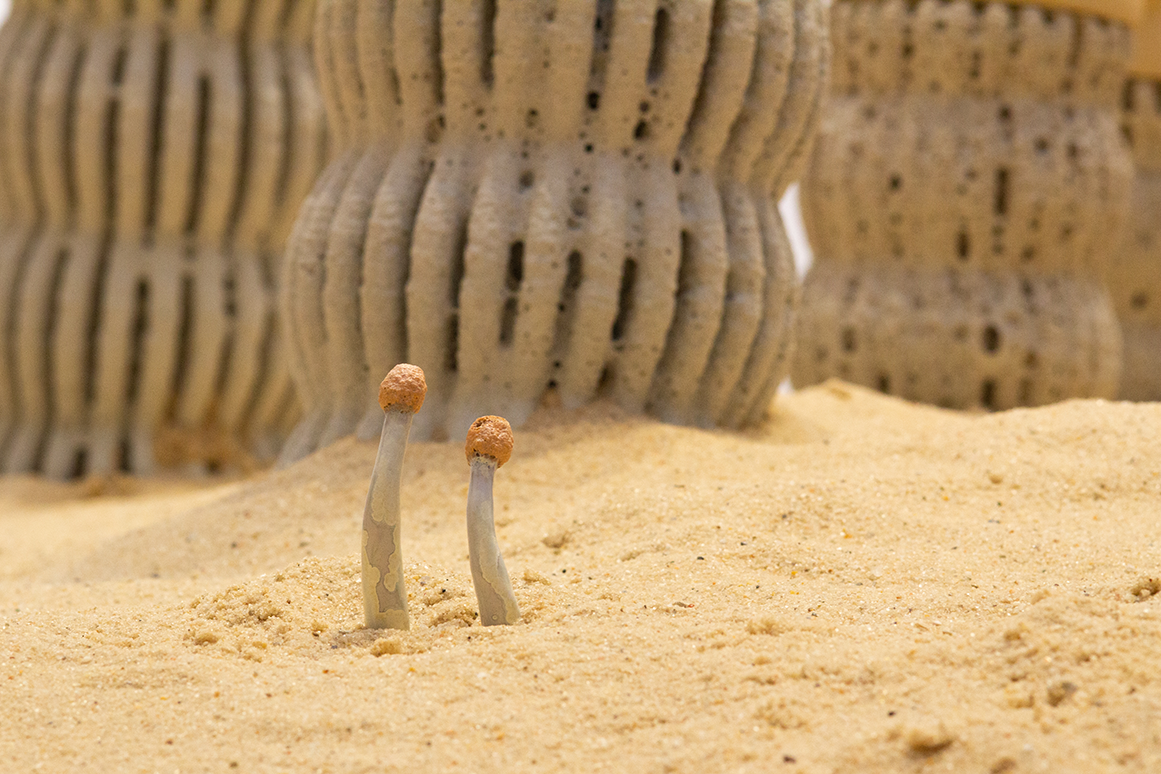
The Current
3D printed ceramics, glaze, sand
5’ W x 1’ H X 5” L
2025
Blades of grass caught in the same gust of wind; Human hands reaching upward, swaying to the same song; Plants outstretched toward the same sun; Hundreds of barnacles fanning their cirri for nutrients on the same rock; Birds find themselves in murmurations, drawn to the same sky
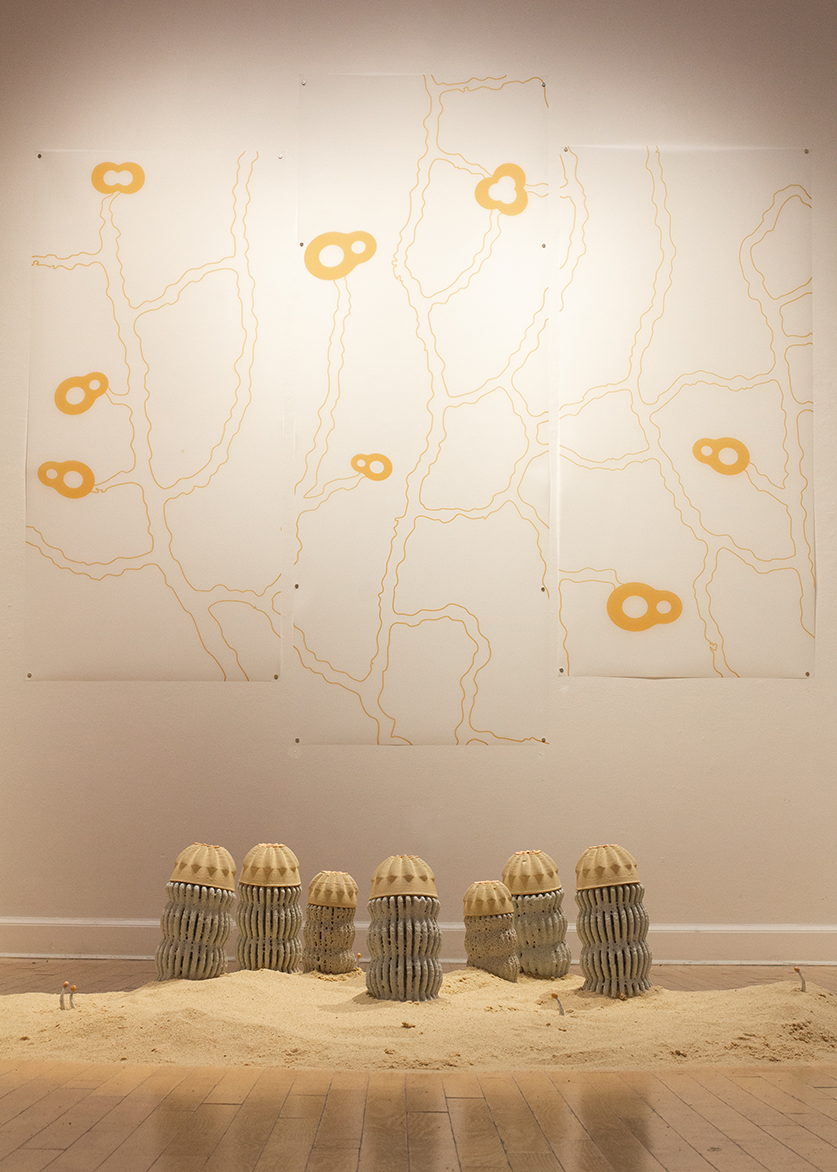
Neural Nesting
matte film print, magnets
L: 3’ W x 6 ⅓’ H C: 3’ W x 8’ H, R: 3’ W x 6 ⅓’ H
2025
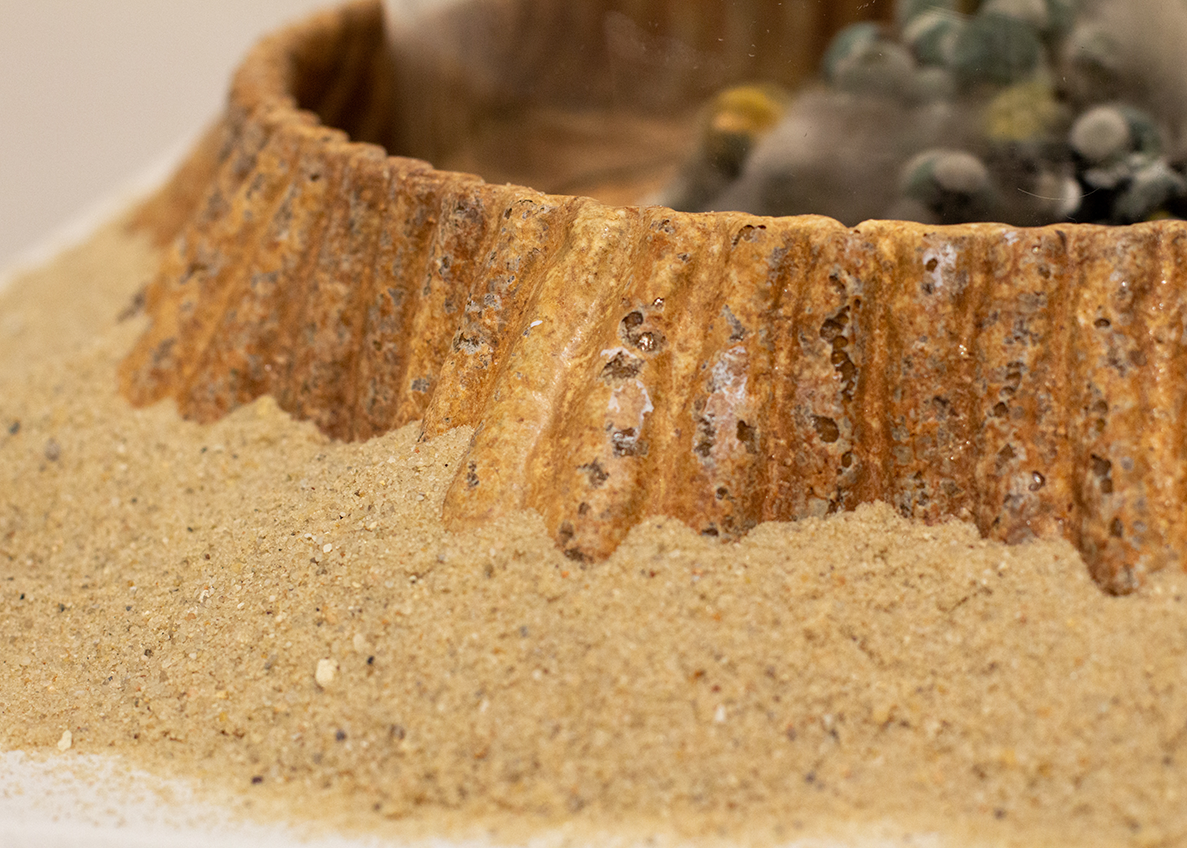
Web as We 2
Agar, 3D printed ceramic, microbial life, glass, sand
2025
The 3D models for the bases were formed using parametric modeling techniques to simulate a more organic nest texture and form.
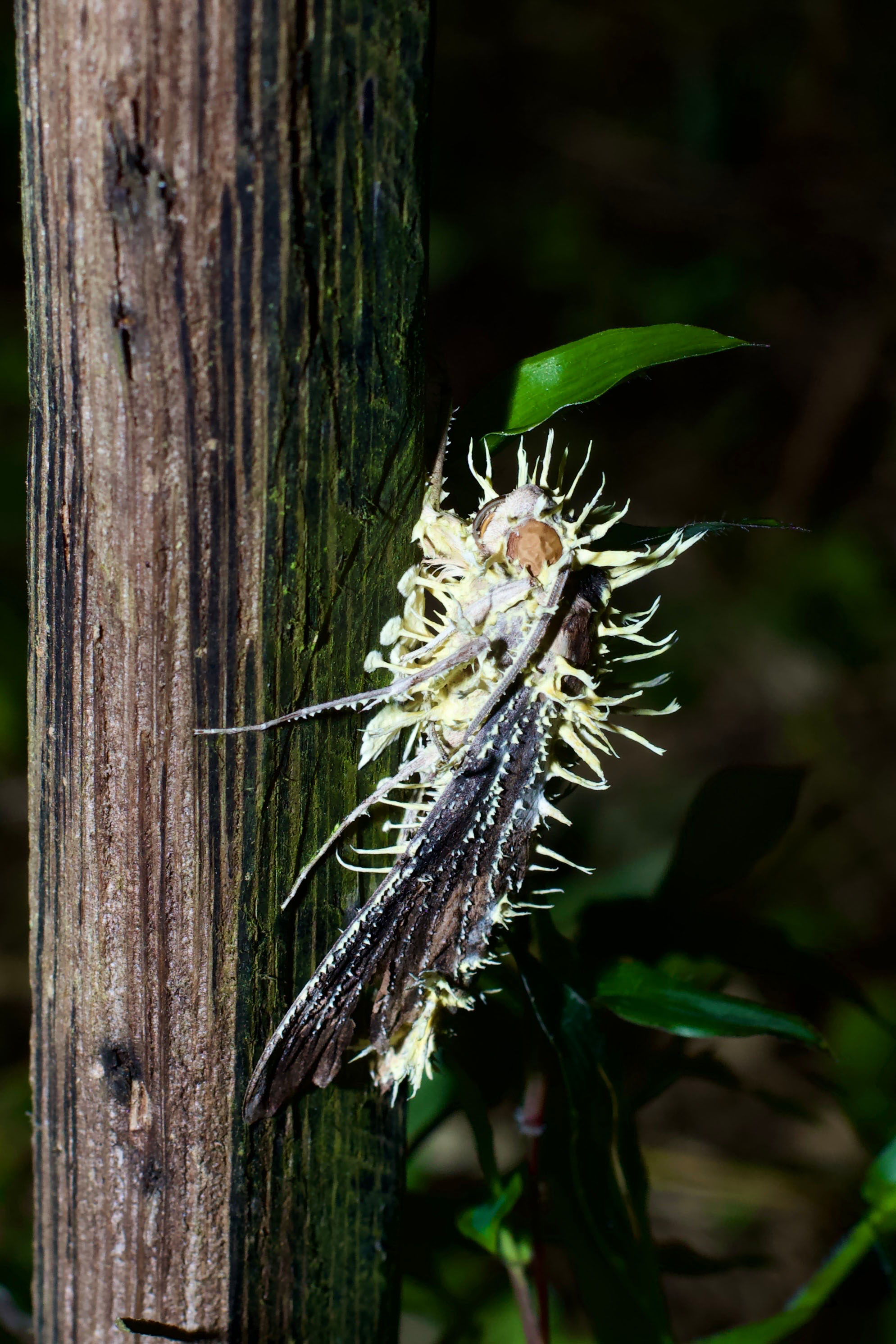
Cordryceps infected moth, Chocó Rainforest, Ecuador
2024
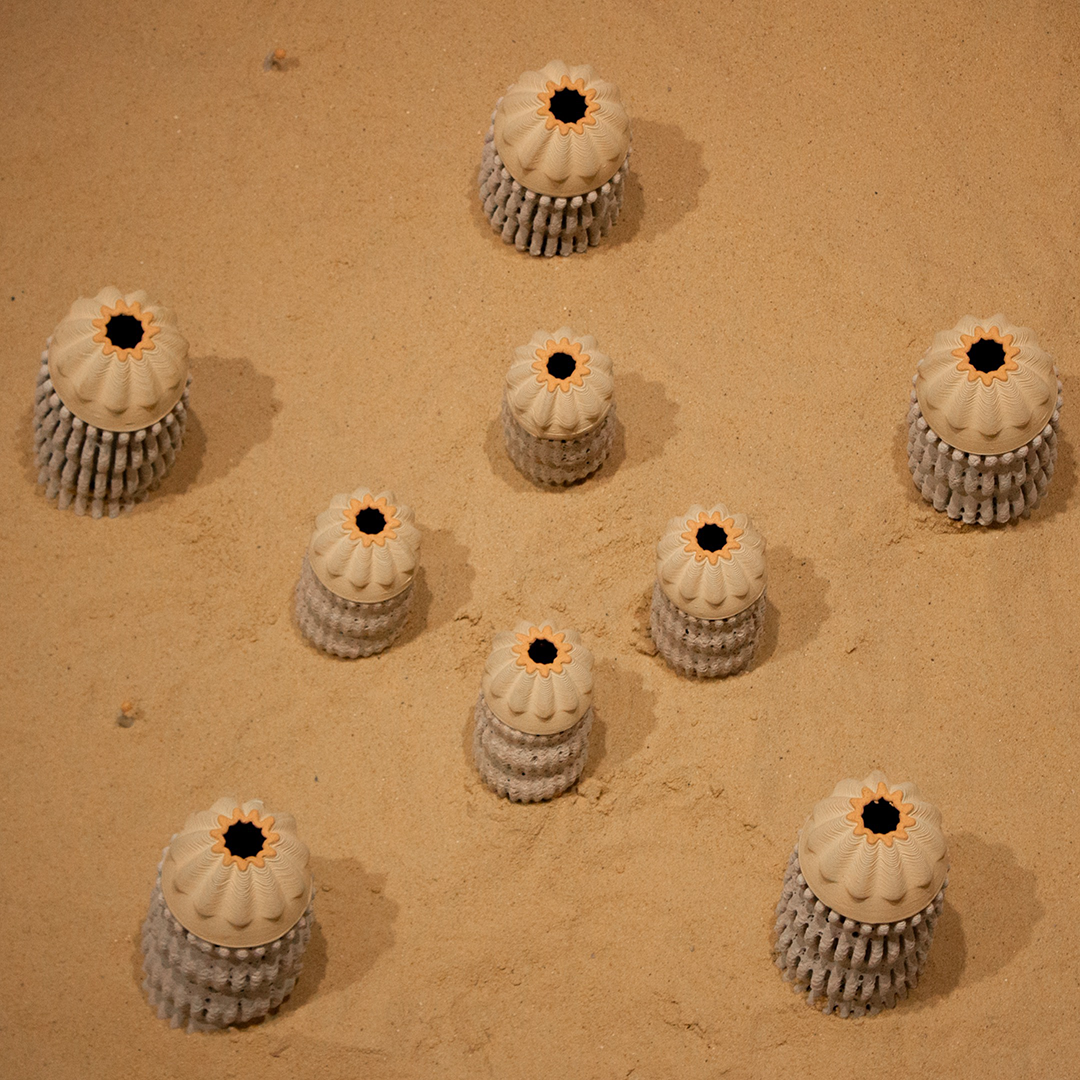
The Current
3D printed ceramics, glaze, sand
5’ W x 1’ H X 5” L
2025
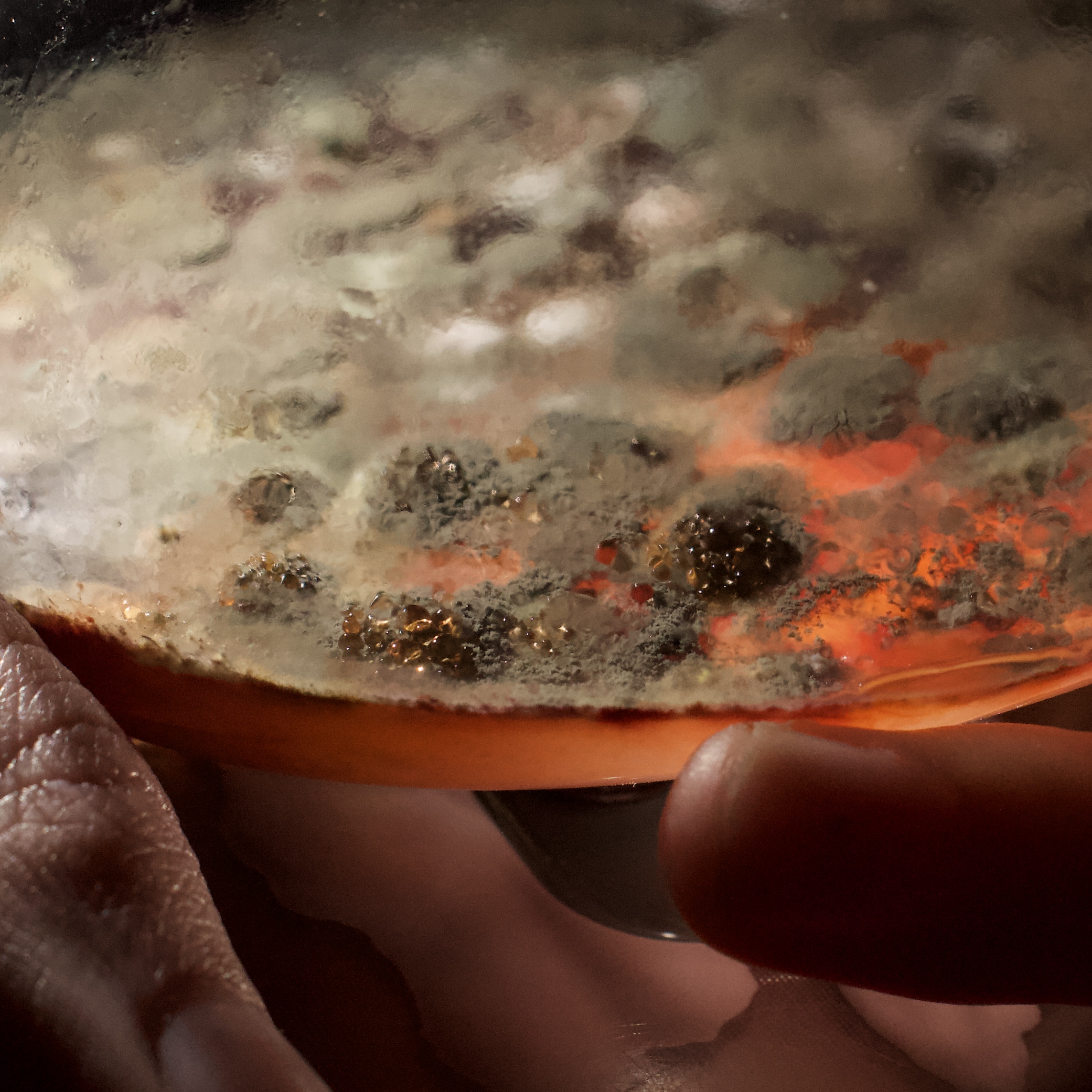
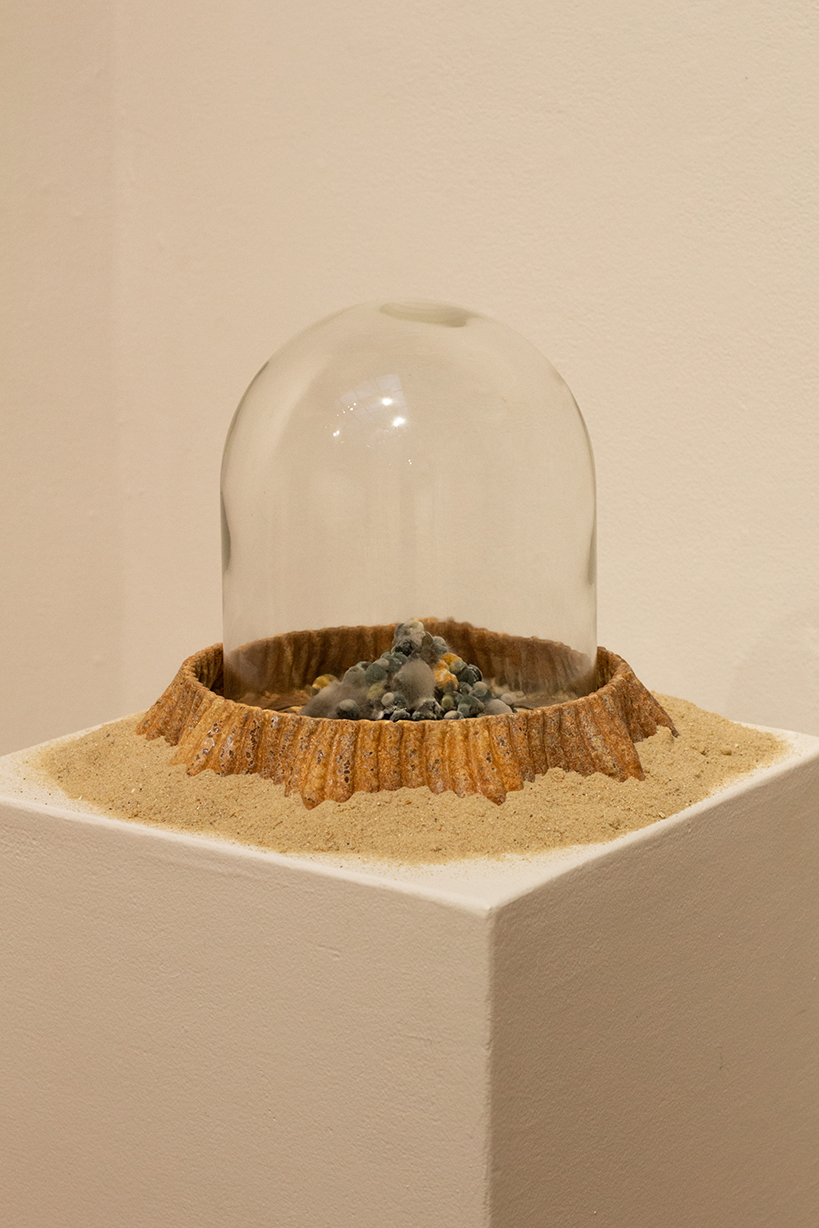
Web as We 2
Agar, 3D printed ceramic, microbial life, glass, sand
2025
Upon the stacking of the agar ‘eggs’ I enclosed them in a pocket of air of the gallery air using the glass cloches. Previously undetectable by the human eye, the microbial life floating in the gallery air is rendered visible by the presence of the agar eggs. The colonies of mold sprawl across the uneaten agar, uniting them in a feast. As they claim territories, the egg stack depletes over time and becomes a blanket of varying textures and colors. By placing these communities of mold upon pedestals in a gallery setting (historically meant for objects of conventional beauty), I aimed to reframe them in a way that celebrates their intricate expressions; this gesture is in opposition to a human’s tendency to turn up their nose at the thought of mold.
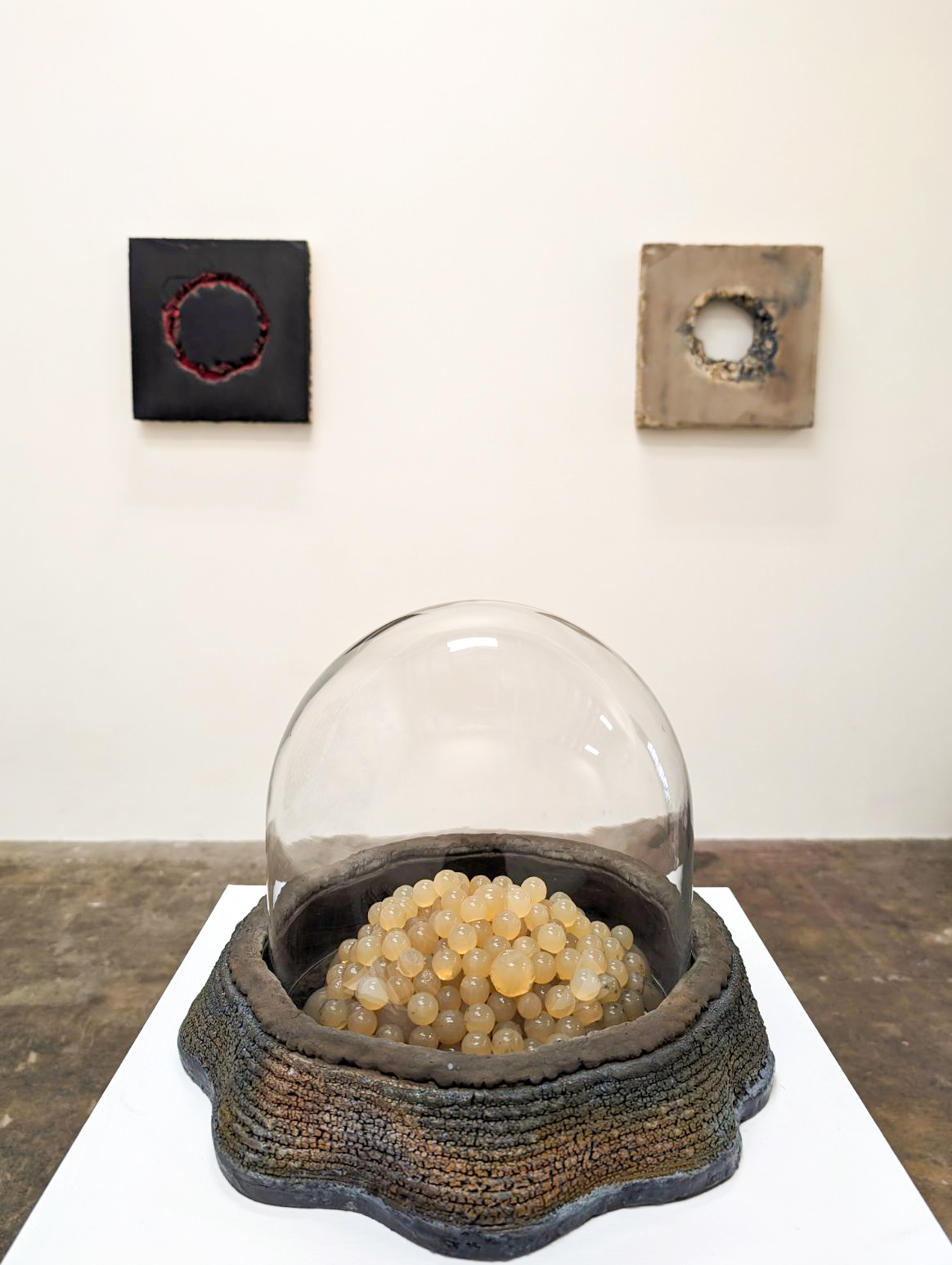
Web as We
Agar, 3D printed ceramic, microbial life, glass
2024
Neural Nesting
SVG/2D design
2024
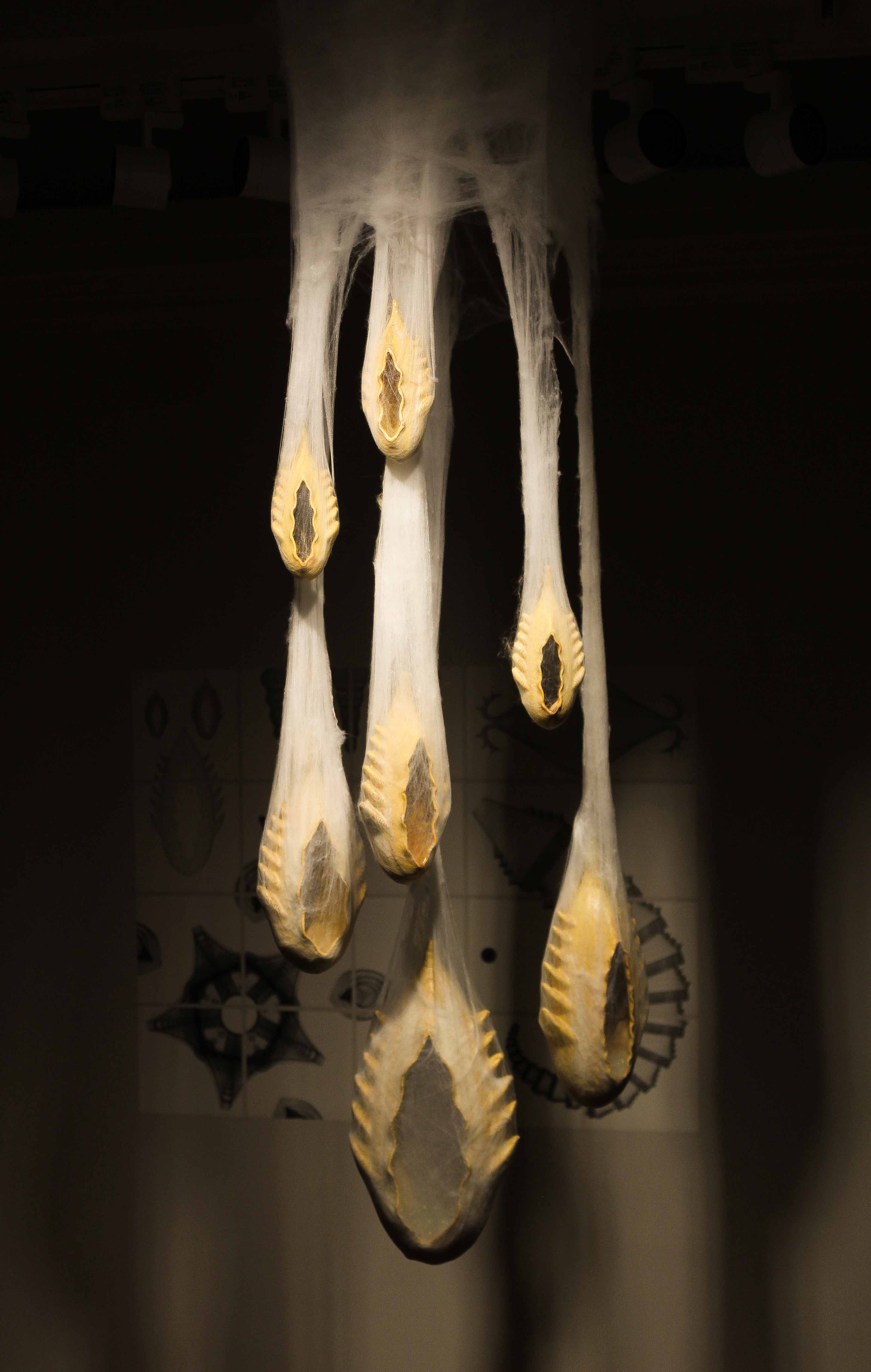
Pendulum Nesting
3D printed Ceramic, webbing, resin, glow powder
7' H x 3' W x 3' L
2024
Using 3D modeling design software, such as Fusion 360 and Grasshopper, I employ a clay printer to create sculptural works that hybridize the forms of a smattering of biological structures, such as antennae, fins, webs, etc. I call upon the similarities in the morphologies of different species in the design of my models. The coral mush- room resembles a branching sea coral; a sea urchin mimics an Astrophytum asterias cactus.
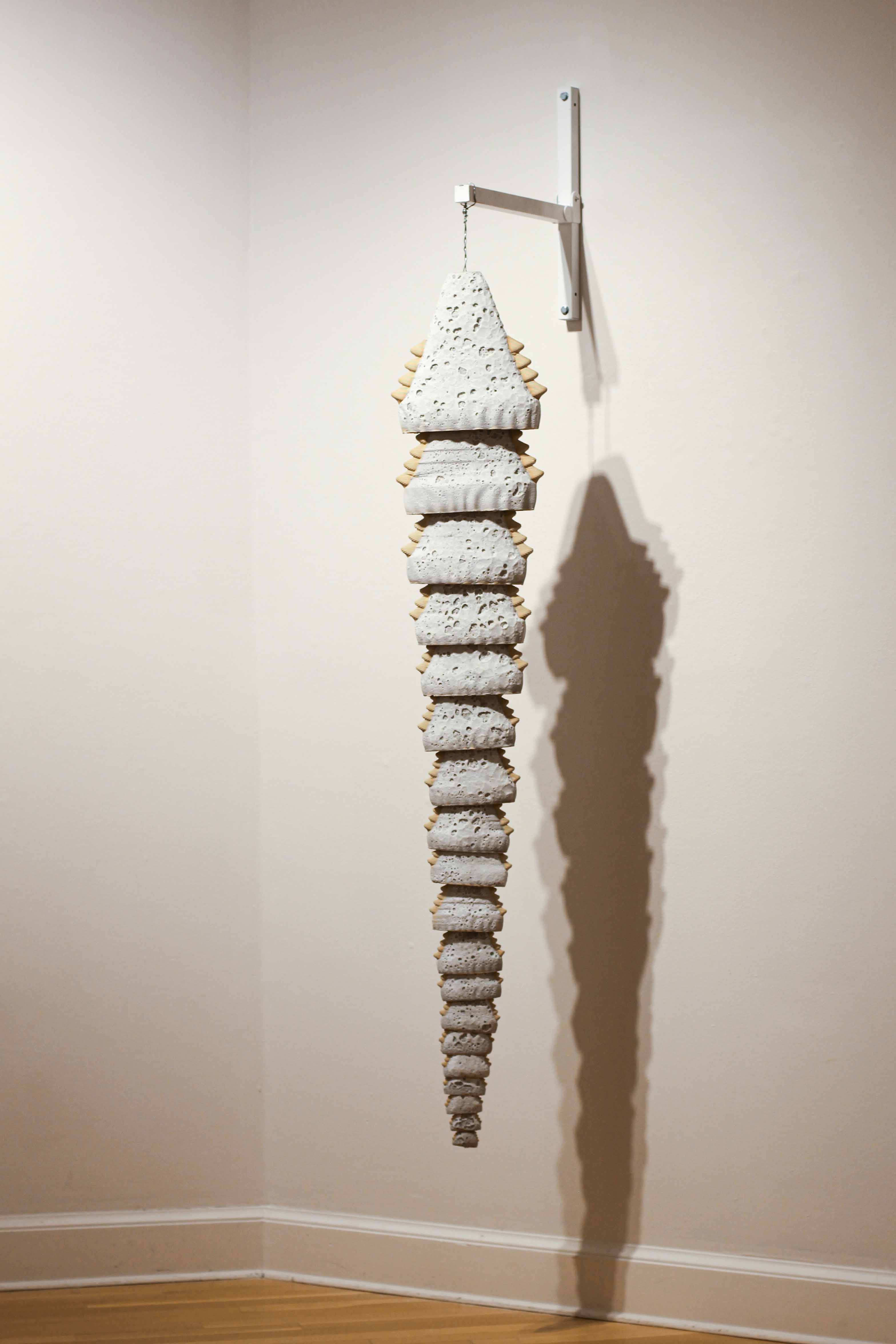
Notochord's Whisper
3D printed Ceramic, glaze, steel
5' H x 5" W x 1' L
2024-2025
The embryonic midline structure, the Notochord, is responsible for sending mechanical and signaling cues to the developing embryo, prompting the development of the vertebrae in vertebrates. The works are composed of segments: evenly proportioned and decreasing in scale; similar to the structure of a spine, and mirroring the visual scales of compounding growth.
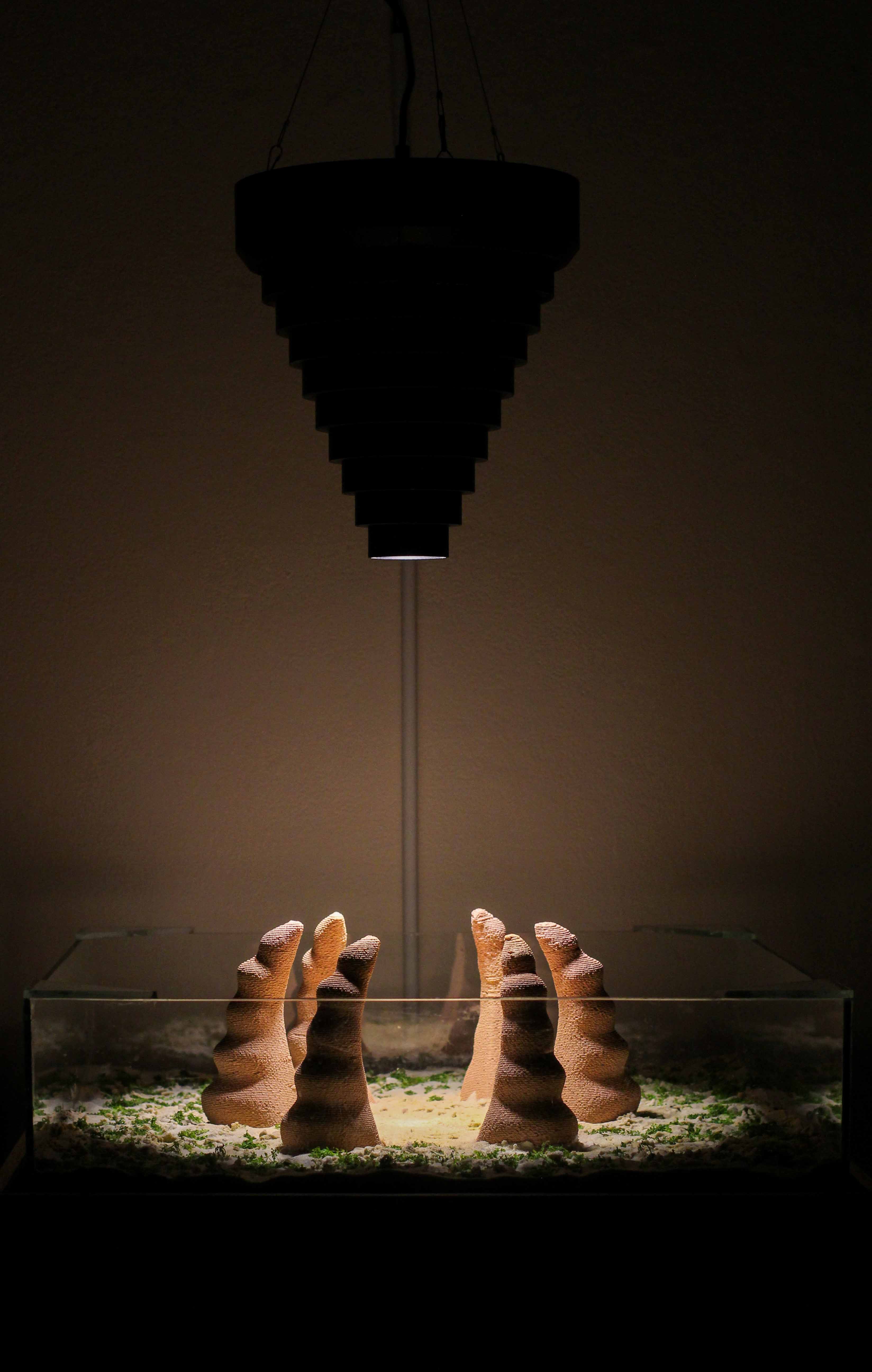
Sol, solar solace - WIP
3D printed hand harvested clay, 3D printed PLA, LEDs, plant matter, substrate, glass
5' H x 25" W x 25" L
2024
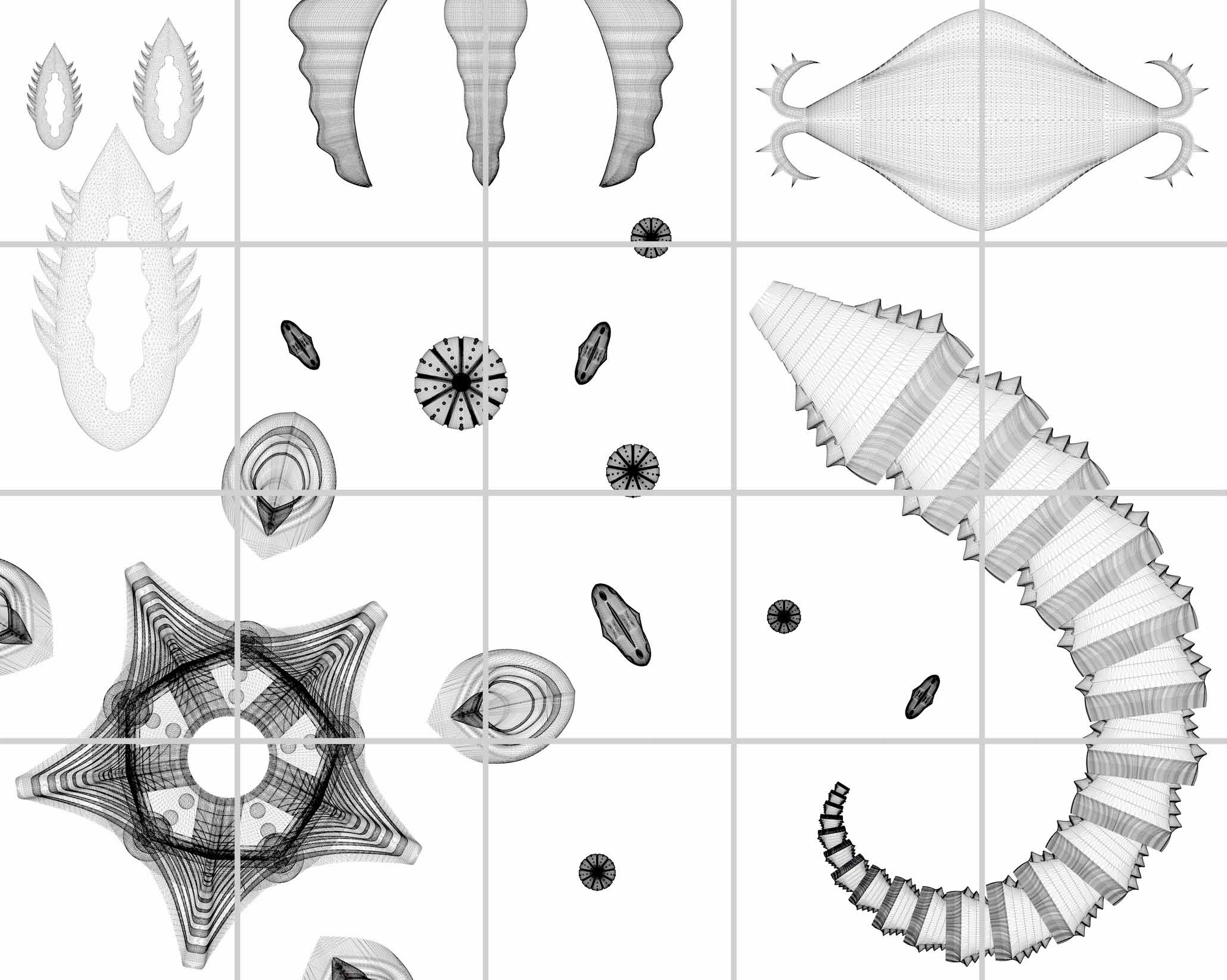
A god's Arithmetic (Cambrian soup)
SVG PRINT
5' H x 4' W
2024
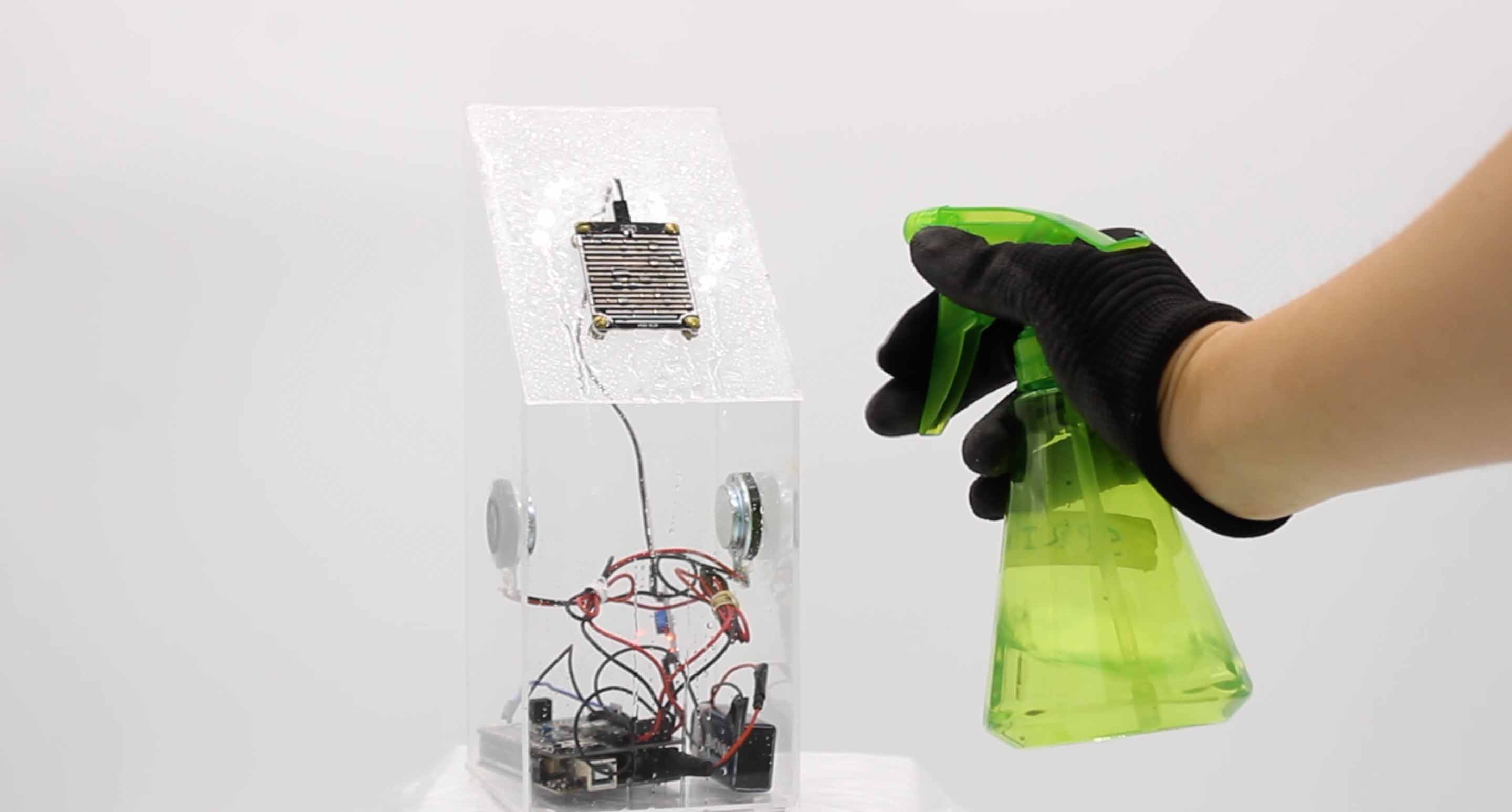
Rain-Chime
Arduino, Music Maker Shield, Acrylic, transducers, FC-37 sensor
9" H x 4" W x 4" L
2022
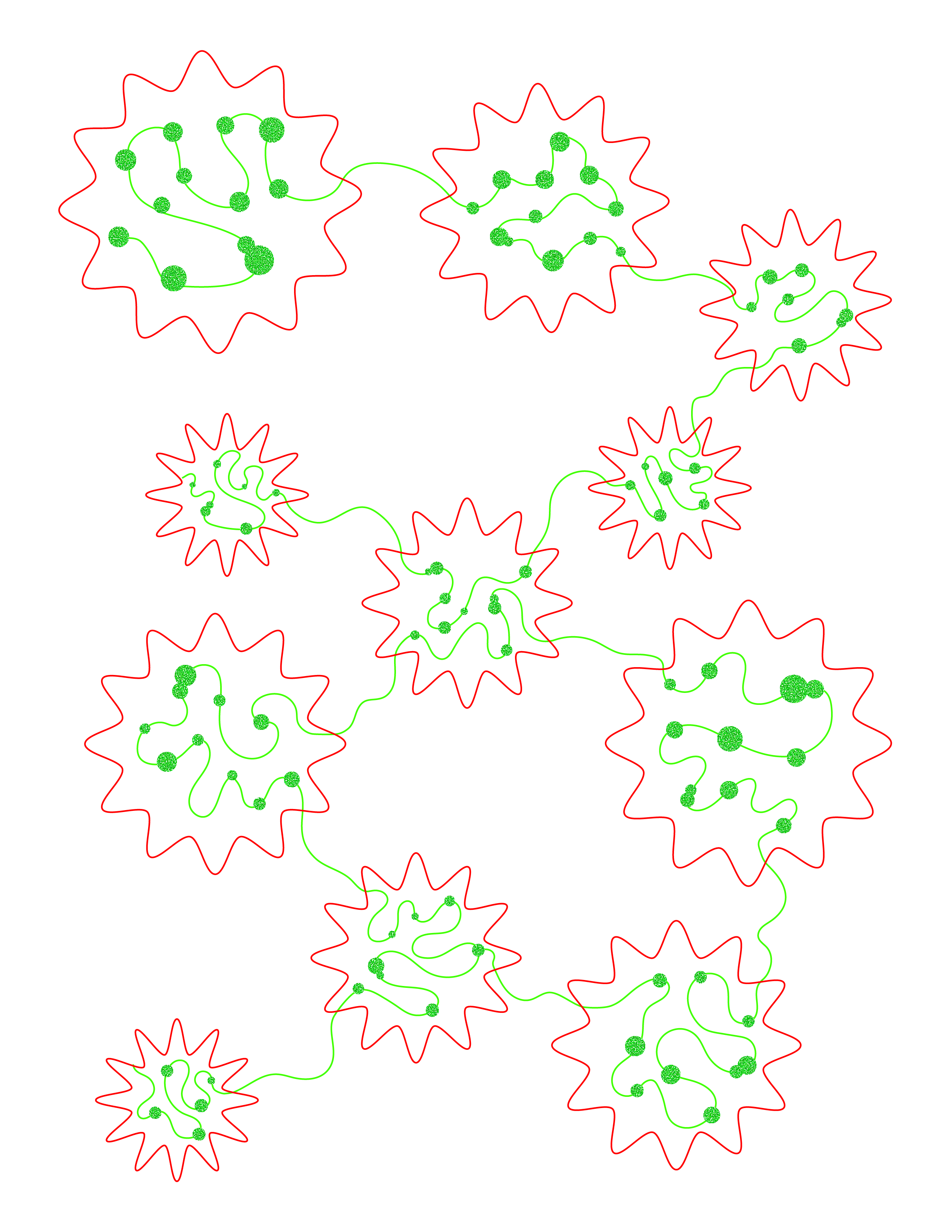
Moss Growth
2024
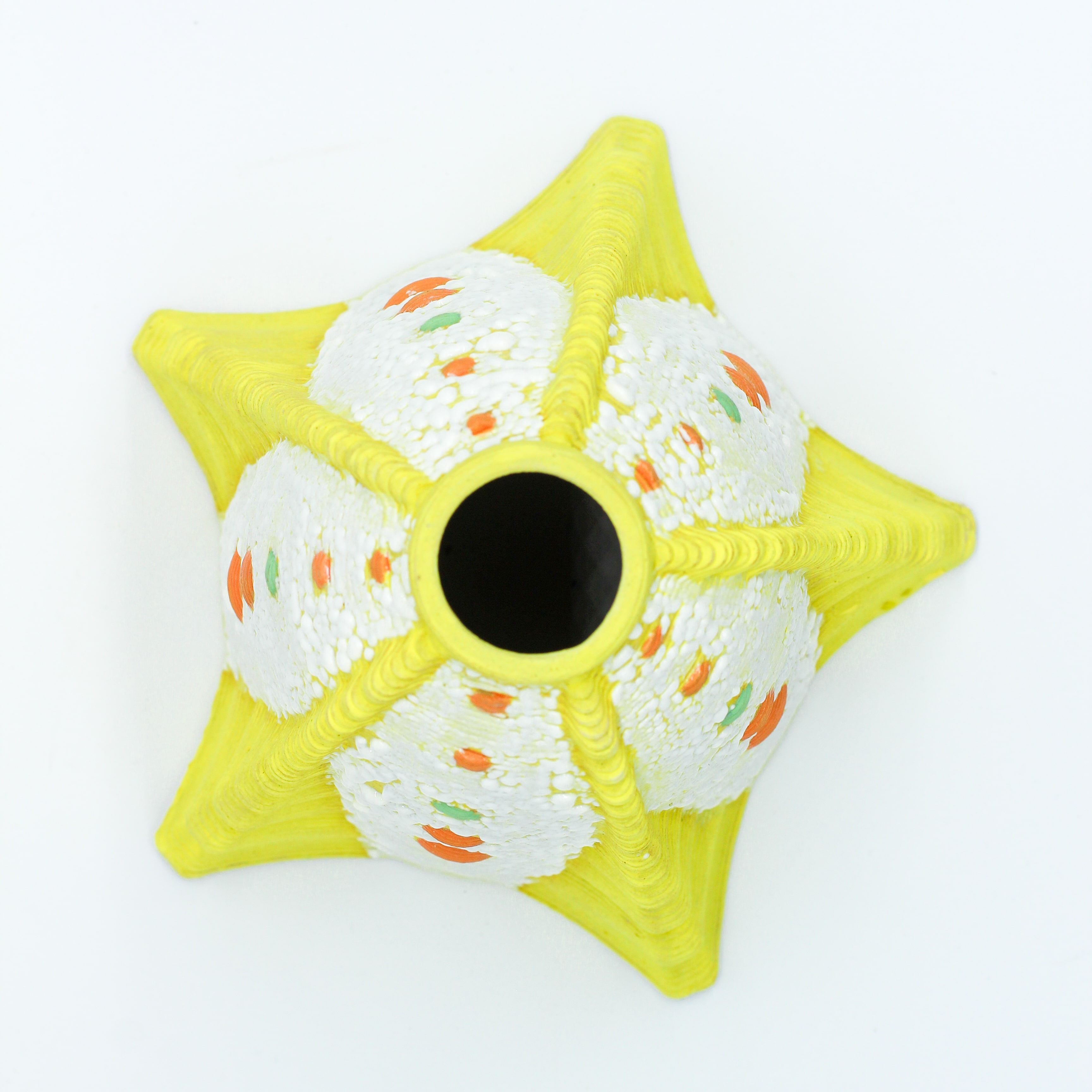
Diatom
clay, glaze
8" H x 5" W x 5" L
2024
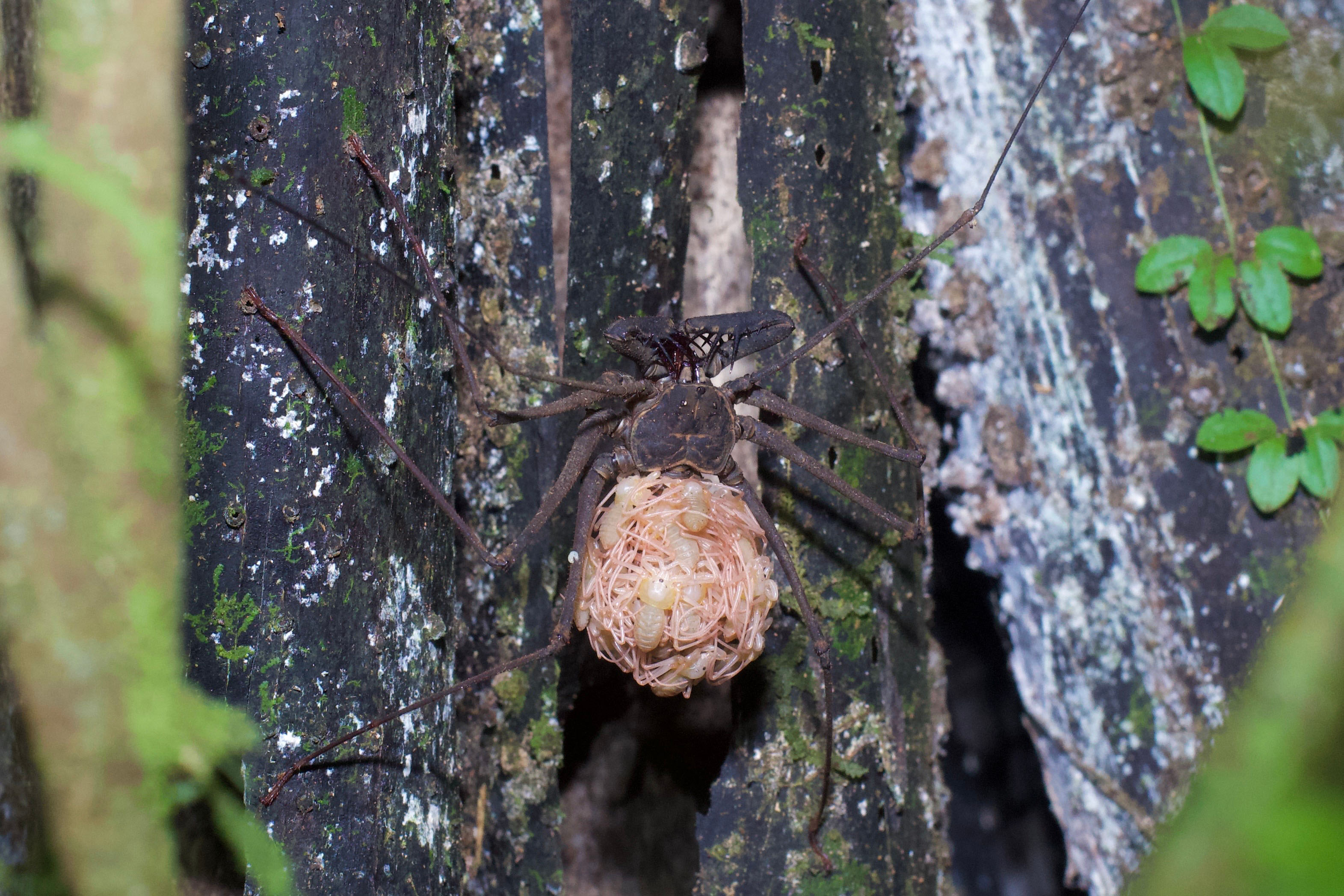
Tailless Whip Scorpion with babies, Chocó Rainforest, Ecuador
Digital Photography
2024
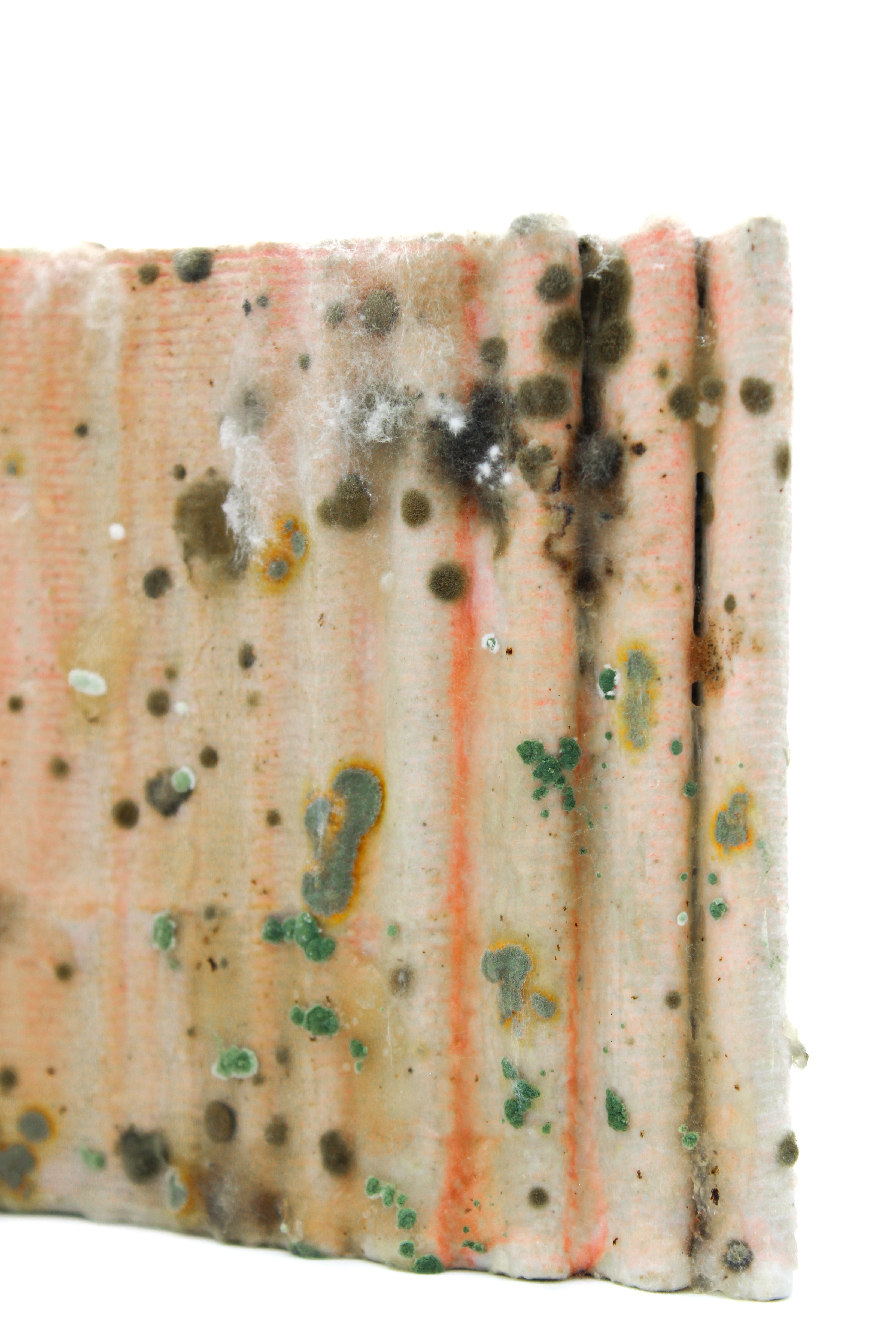
Amongst Eachother
clay, glaze, agar, mold
6" H x 2" W x 6" L
2023
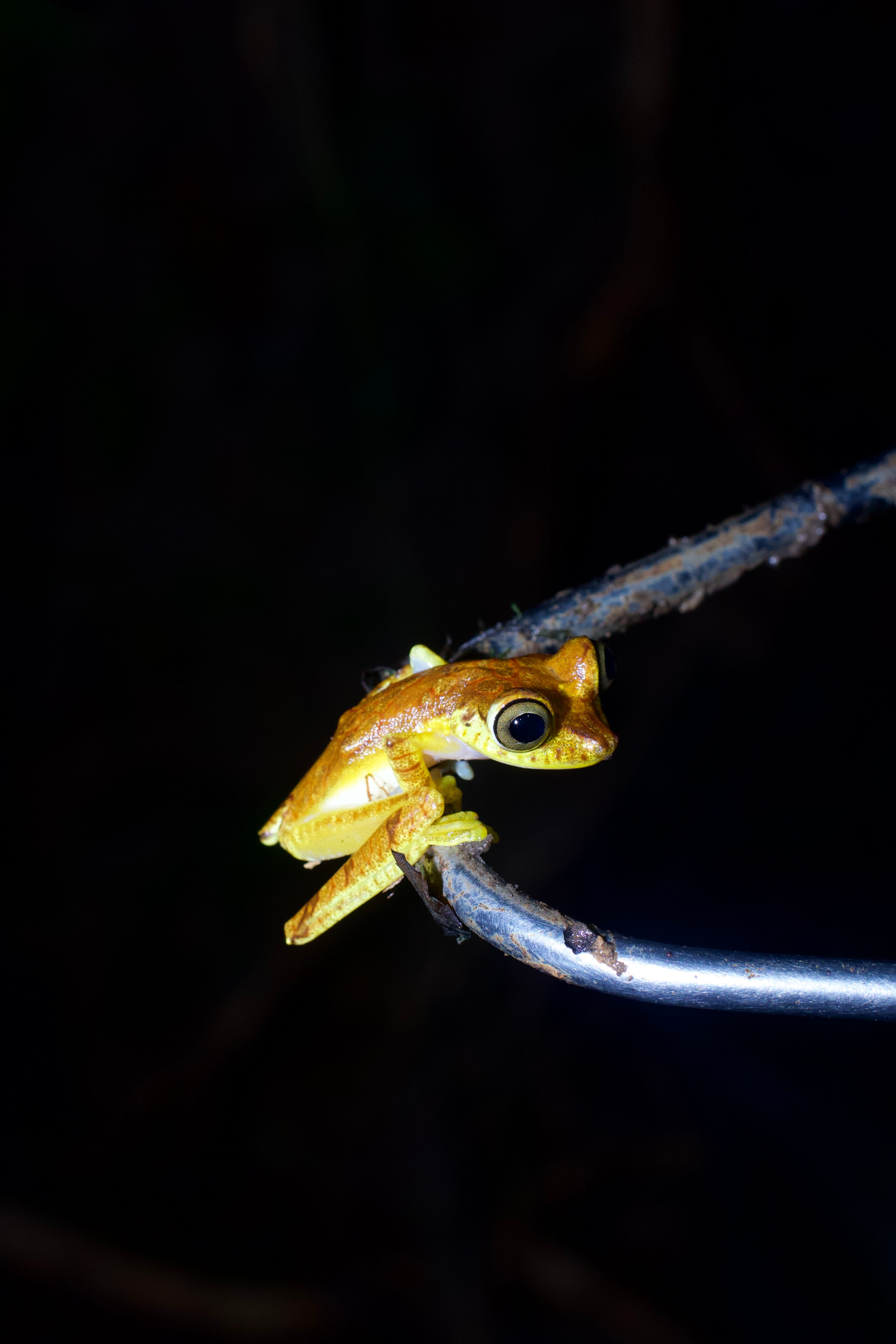
Unindentified, Chocó Rainforest, Ecuador
Digital Photography
2024
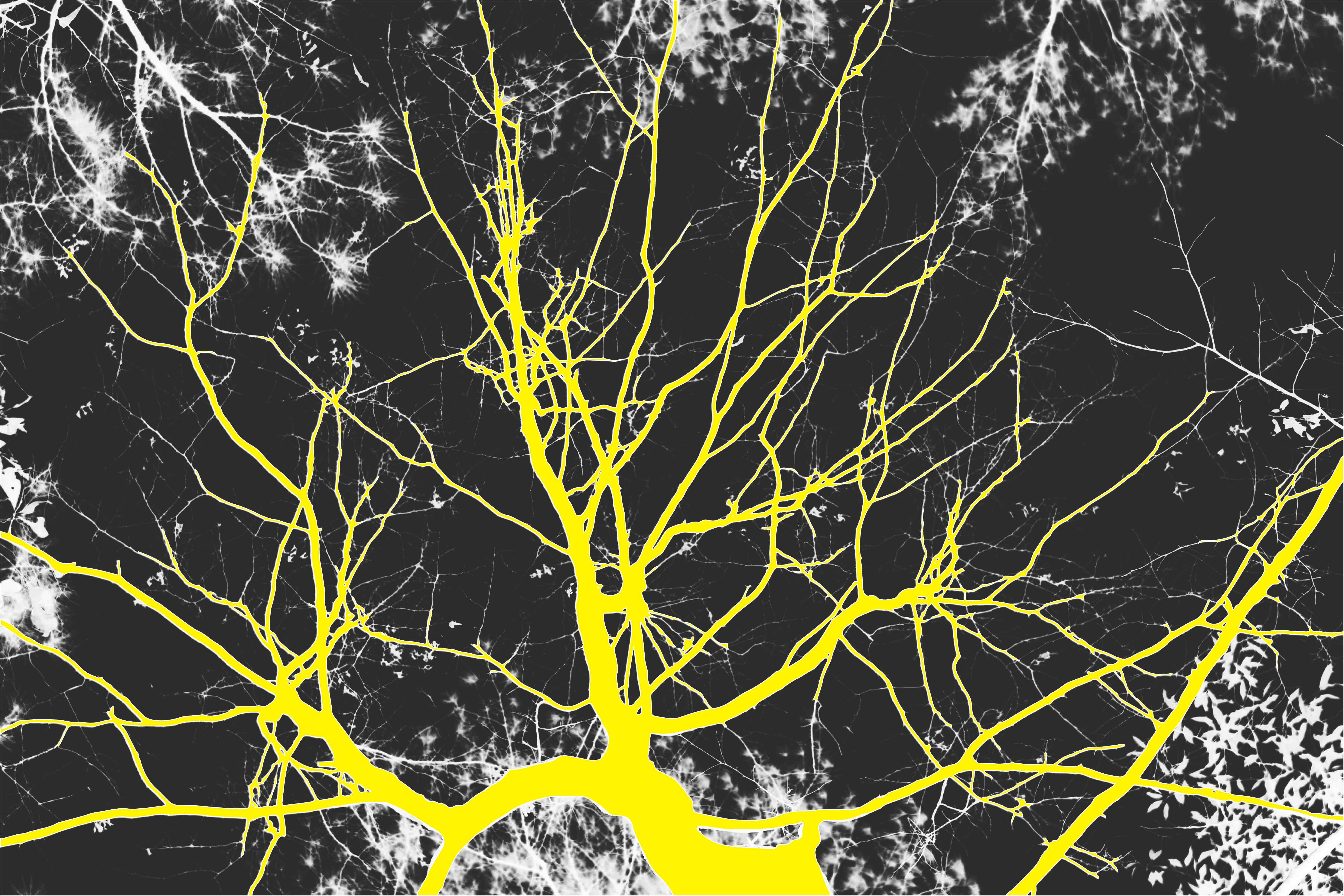
Tree Fractals
Digital photography, illustration
2024
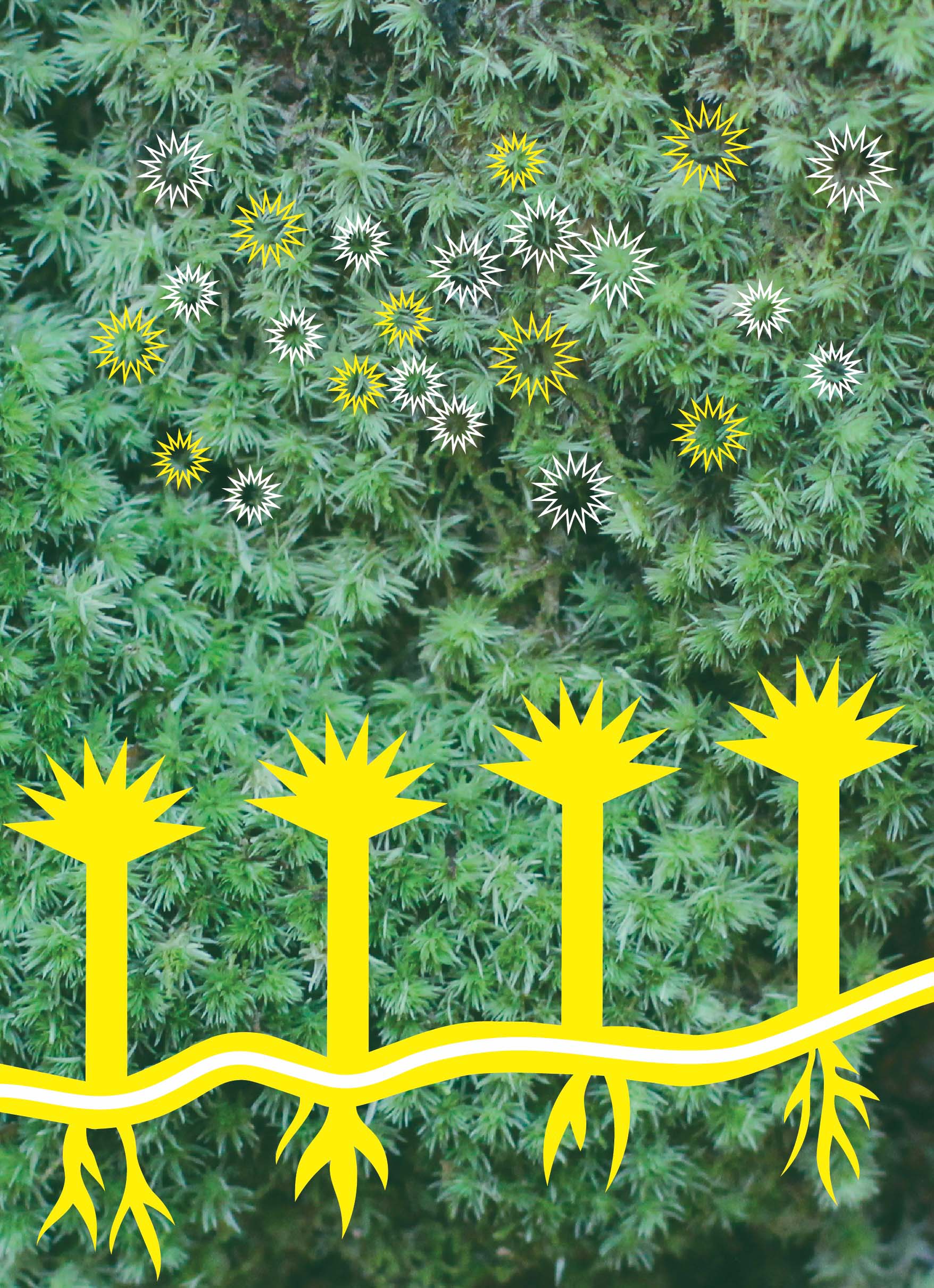
Ode to Protenema and Rhizoids
Digital photography, illustration
2024
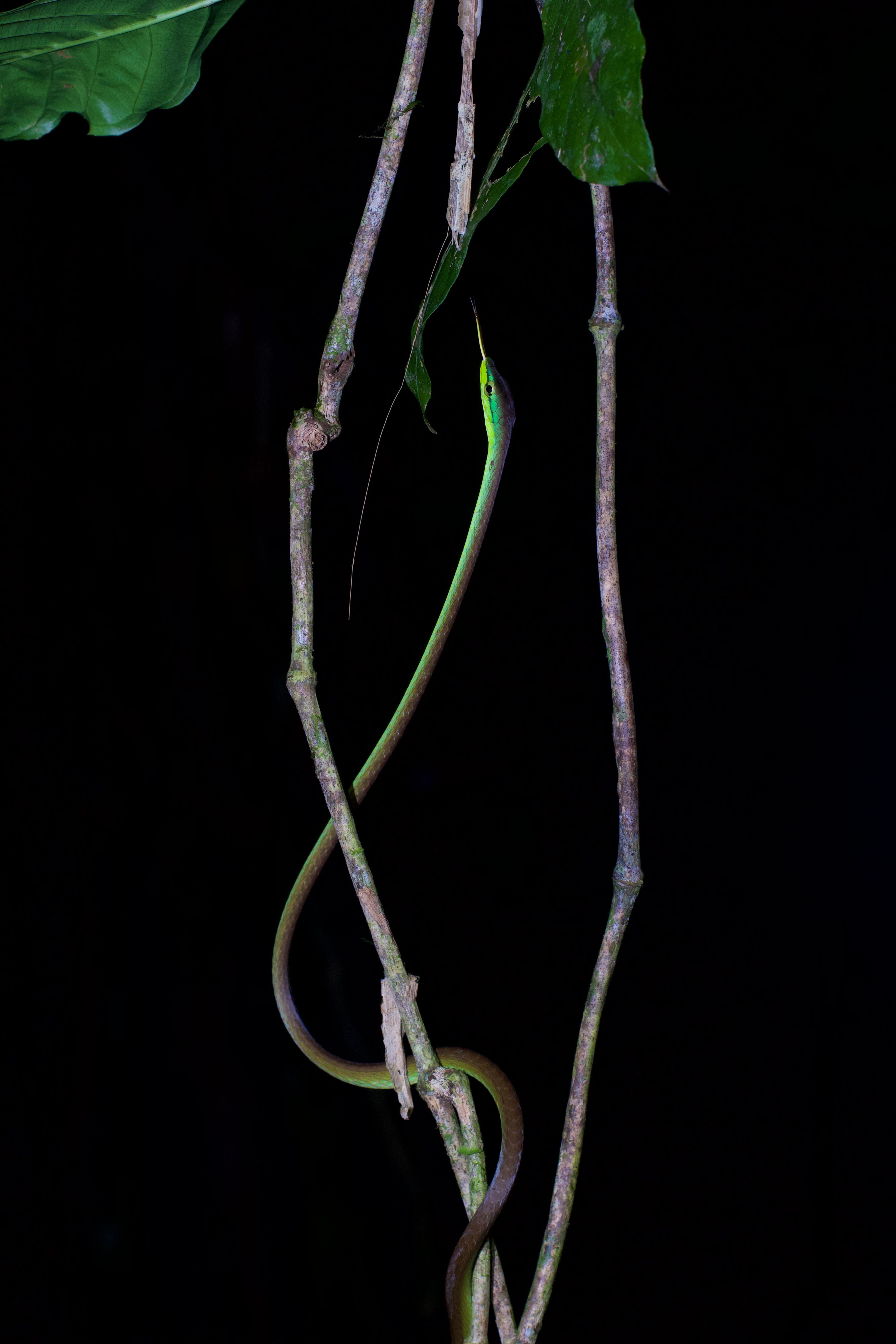
Vine snake, Chocó Rainforest, Ecuador
2024
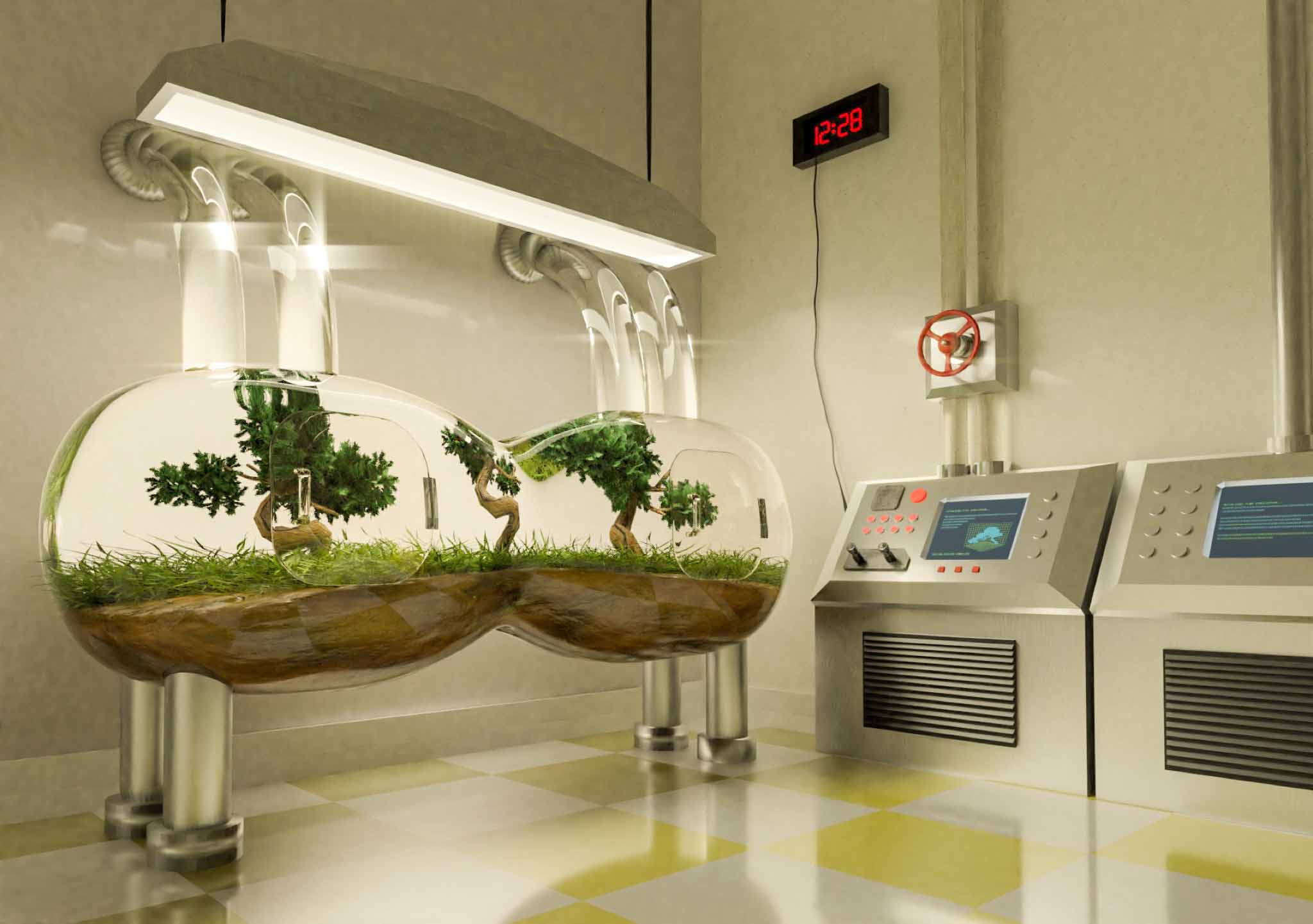
Controlled Senescence
3D Blender Rendering
2022
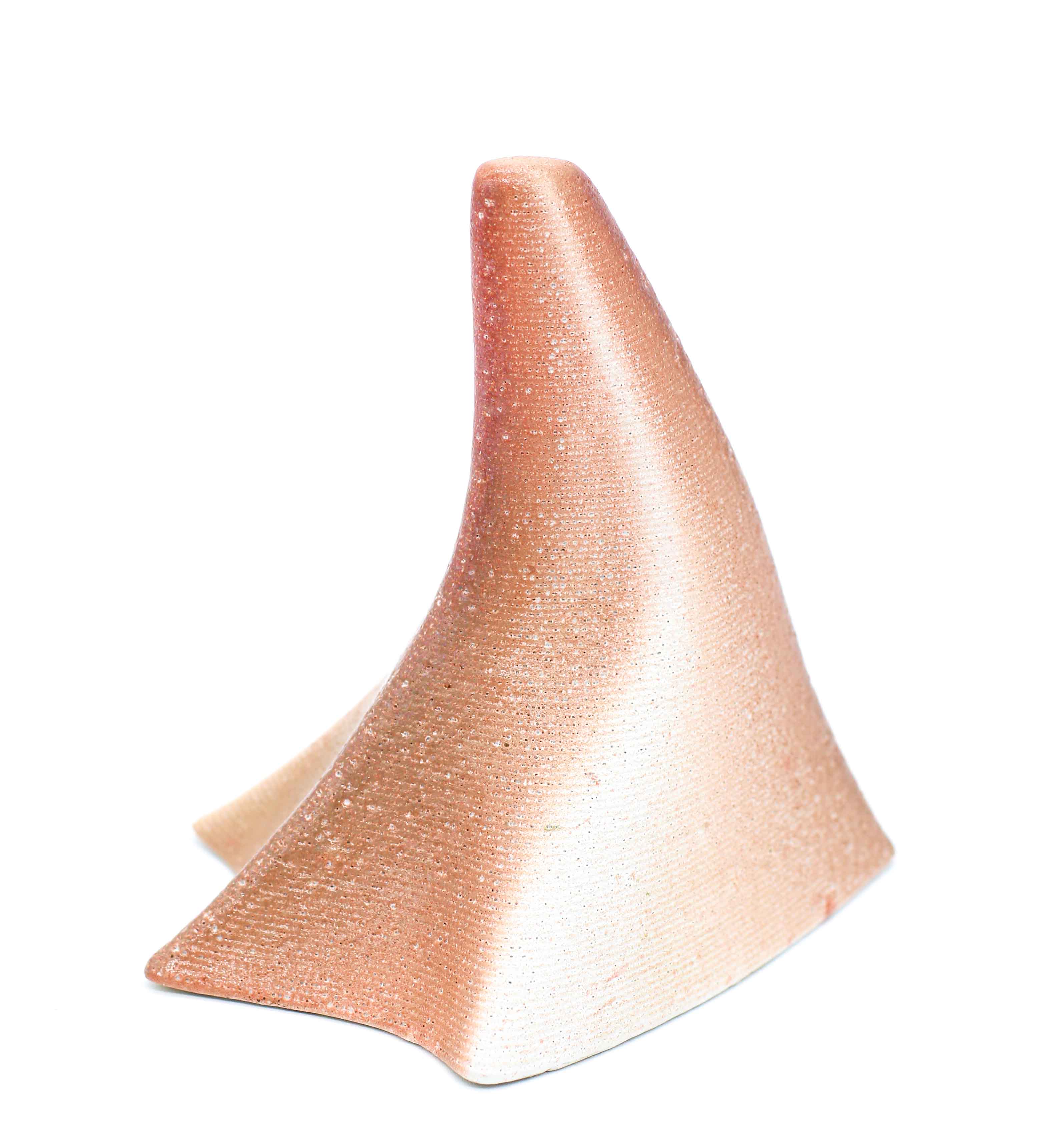
Waxing
clay, glaze
6" H x 4" W x 6" L
2023
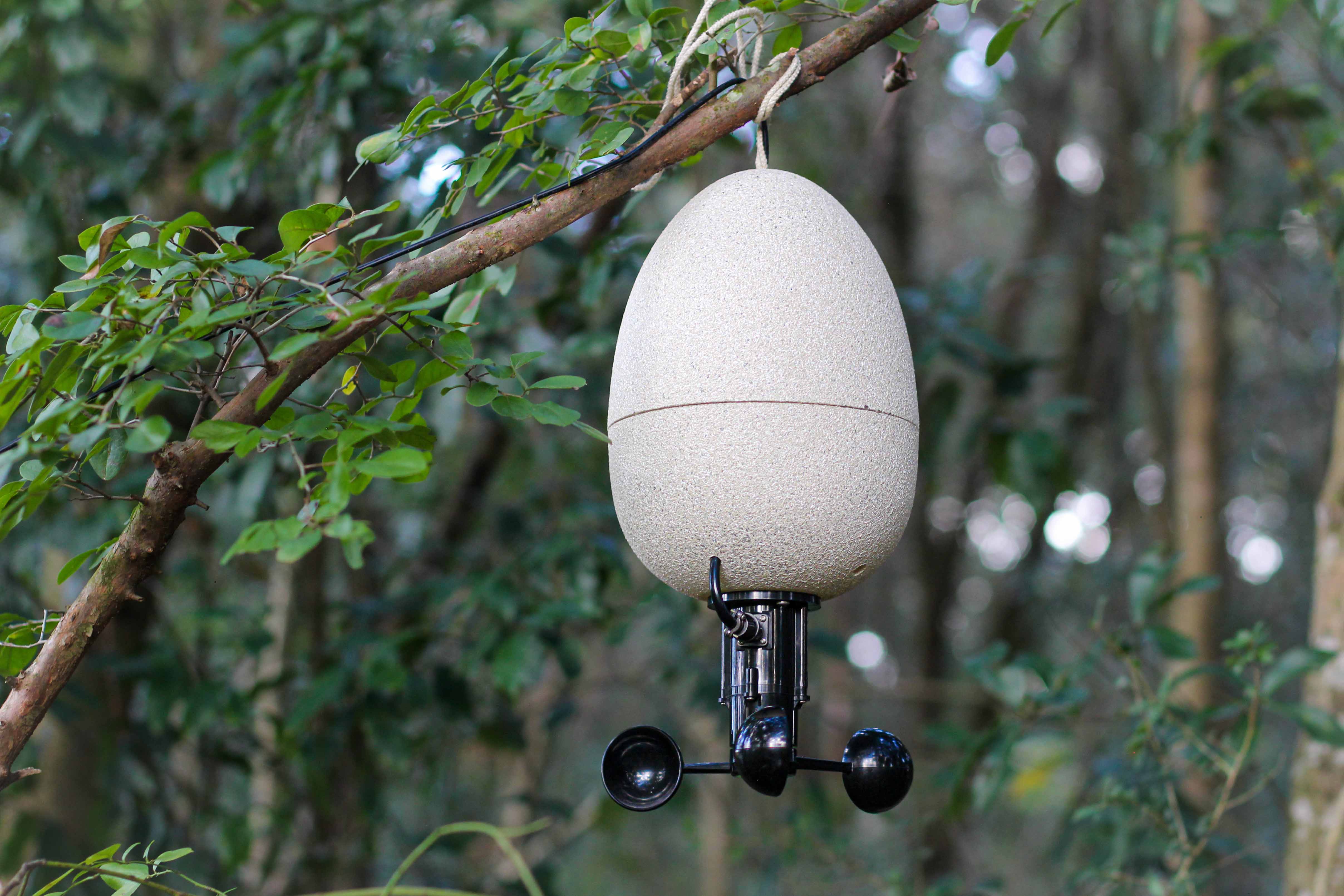
Electronic Wind-Chime- WIP
Arduino, Music Maker Shield, PLA plastic, Anenometer, Transducers, Solar panel
12" H x 8" W x 8" L
2023

Biomorphous
clay, glaze
8" H x 5" W x 5" L
2023
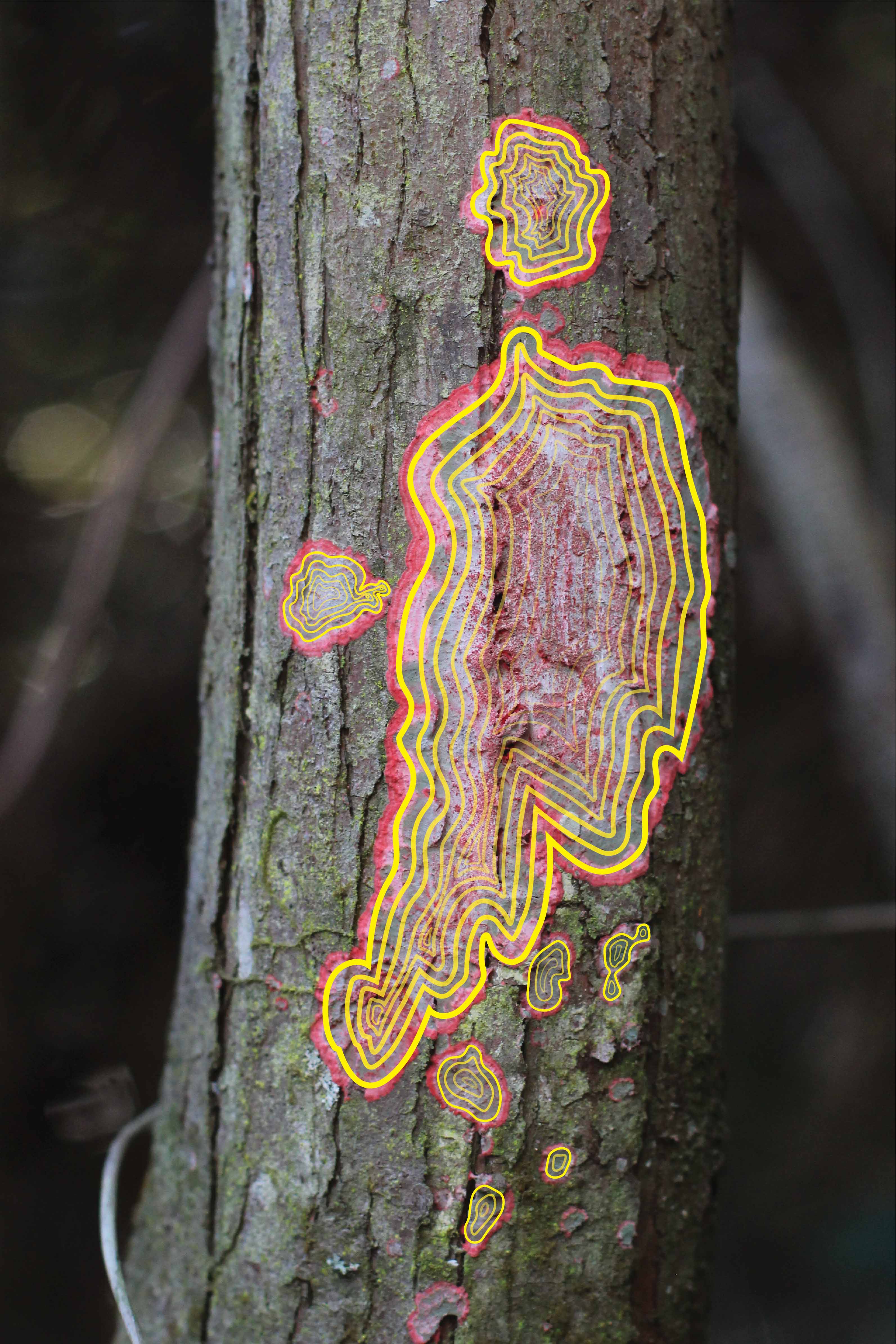
Lichen Growth Rings
Digital photography, illustration
2024
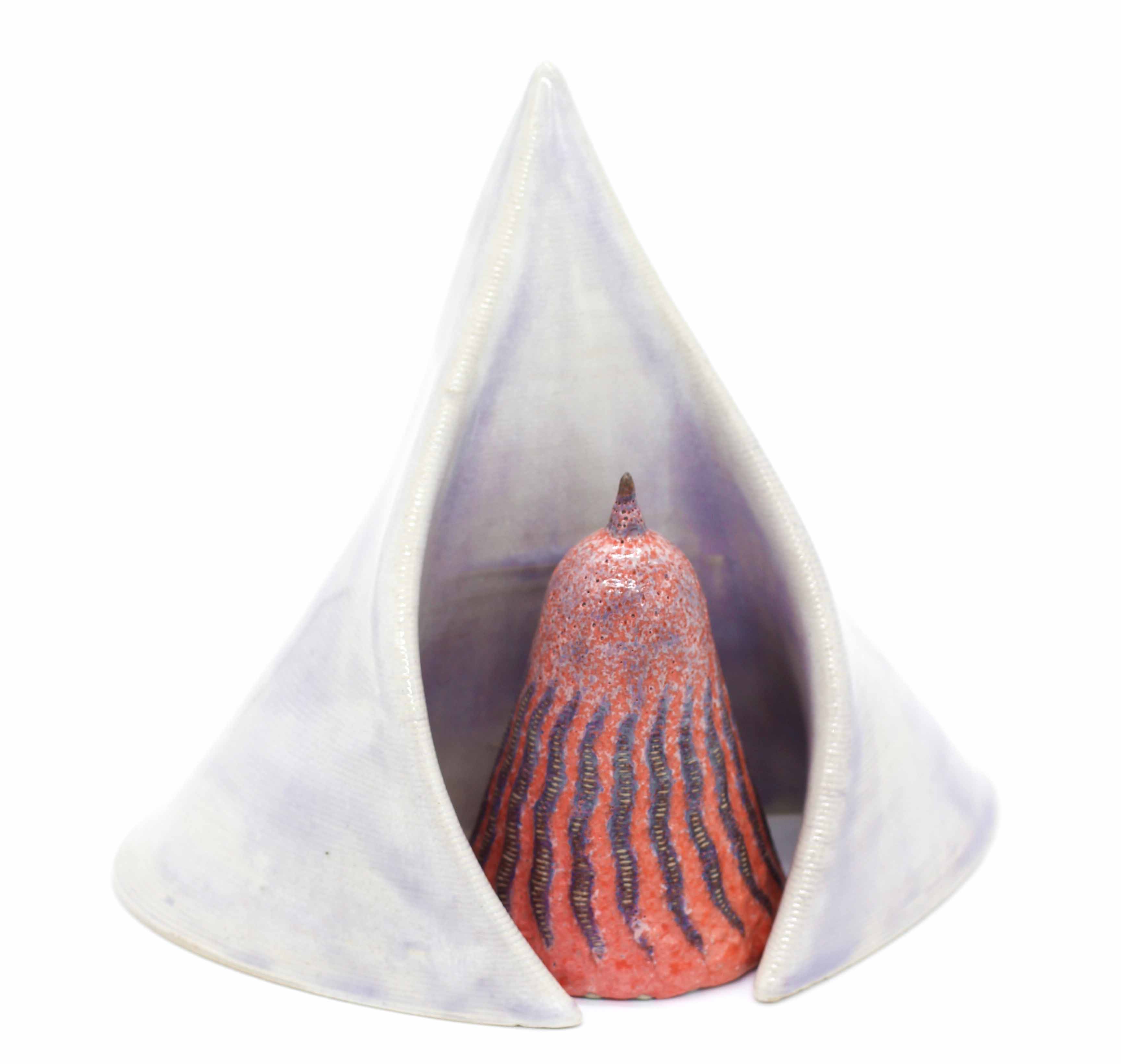
Bulwark
3D Printed Ceramic
8" H x 7" W x 6" L
2023

CONSTRUCTING TURBIDITY SENSOR MECHANISM
2022
Students and professors of courses Advanced Interactive Electronic Art (ART4633C) and Molecular Ecology and Bioinformatics (PCB4125) at the University of West Florida are collaborating to study the relationship of turbidity with aerobic anoxygenic phototroph populations in local waterways. The goal of this project is to improve upon the current turbidity sensor prototype developed by Professor Asmuth.